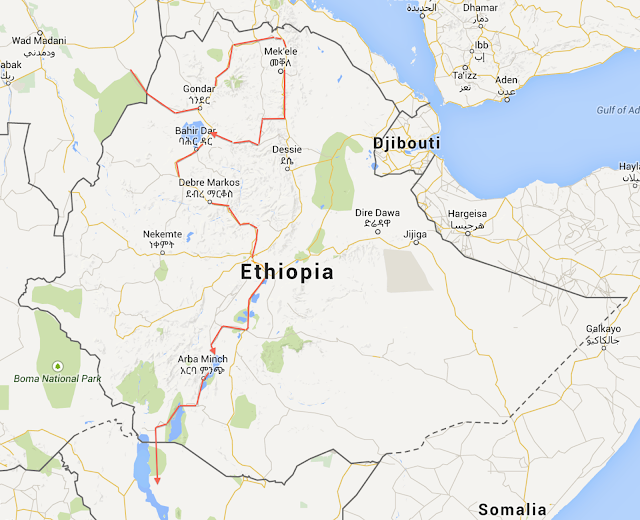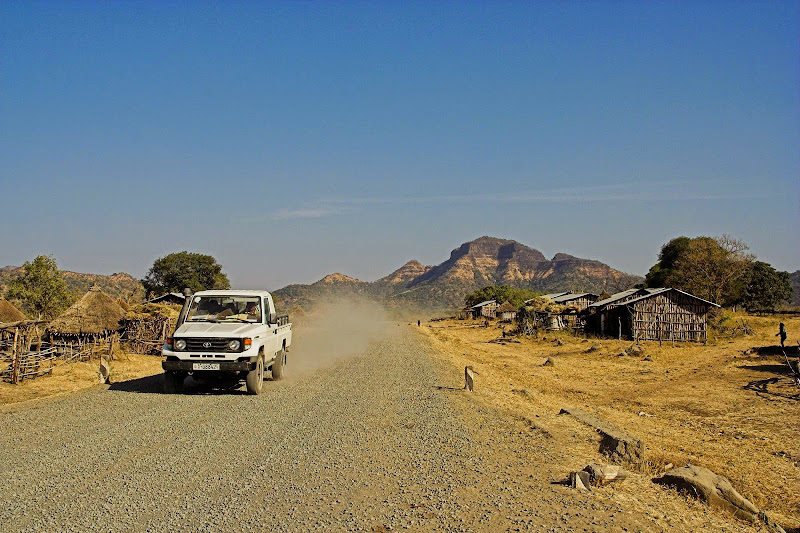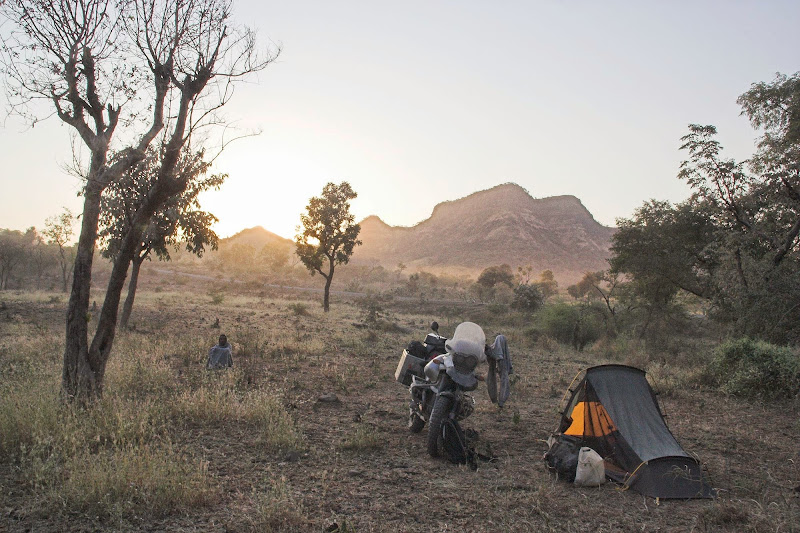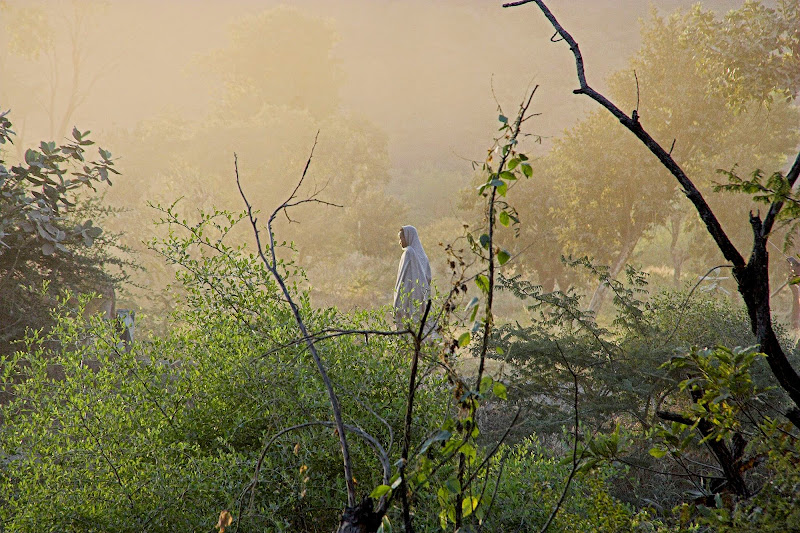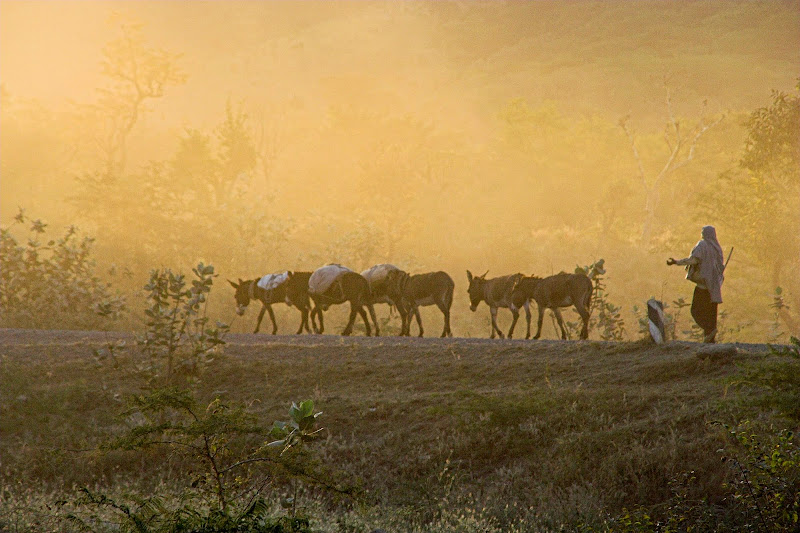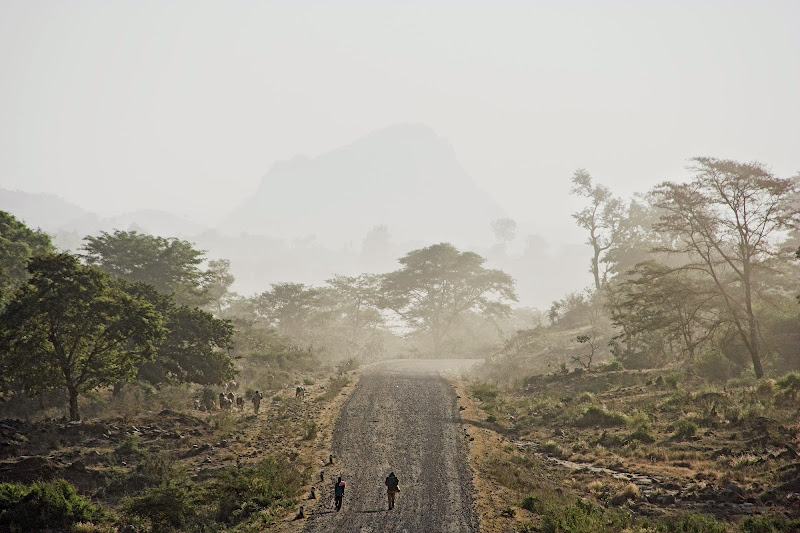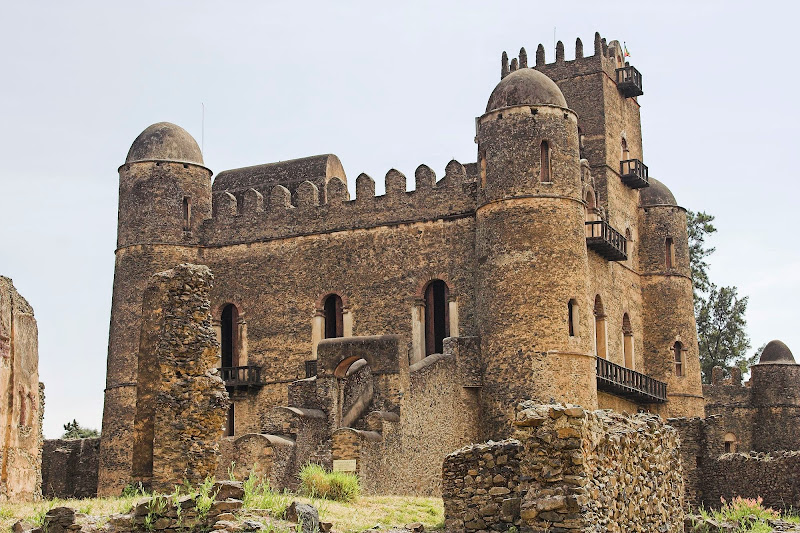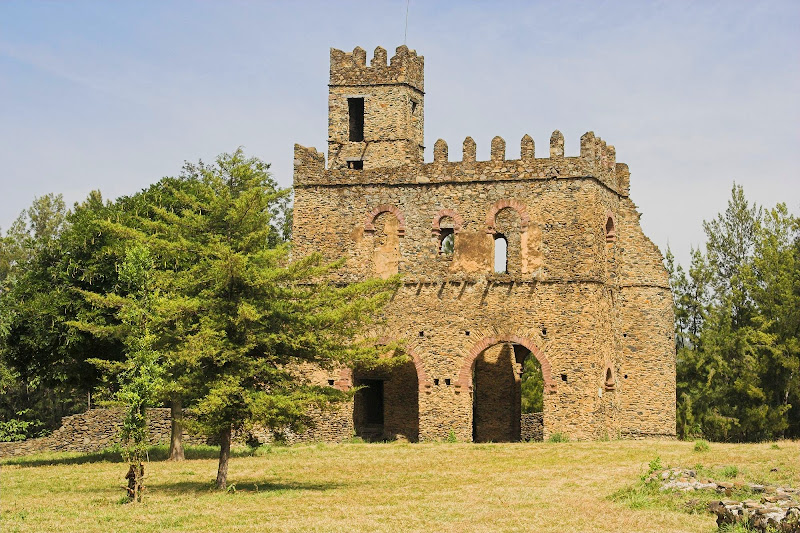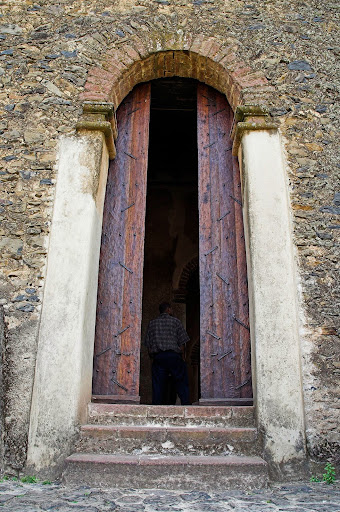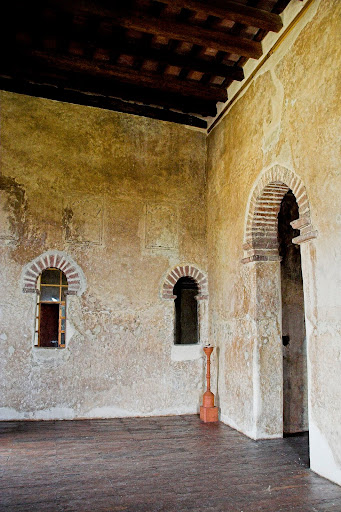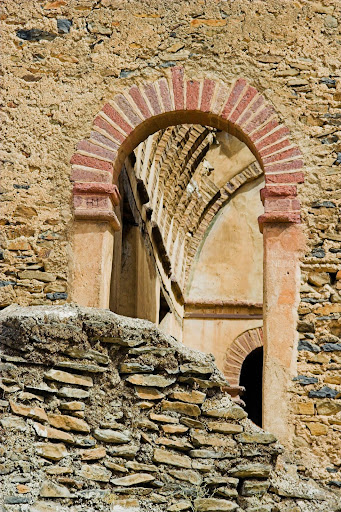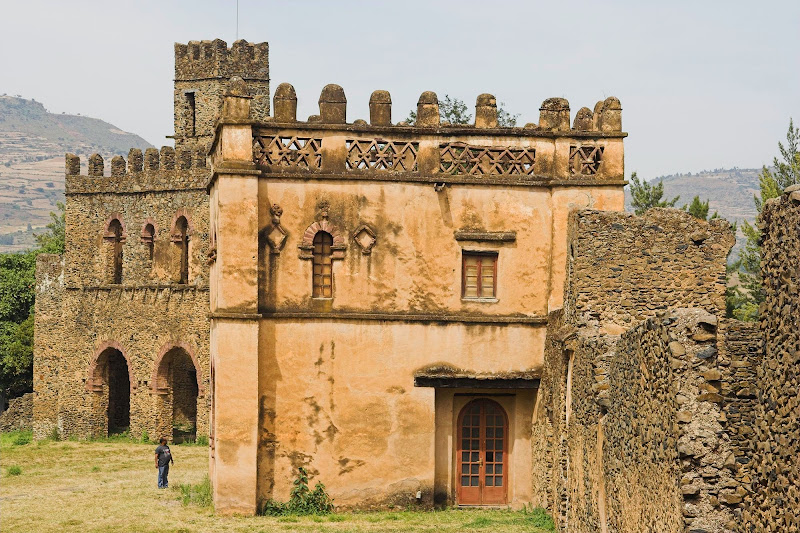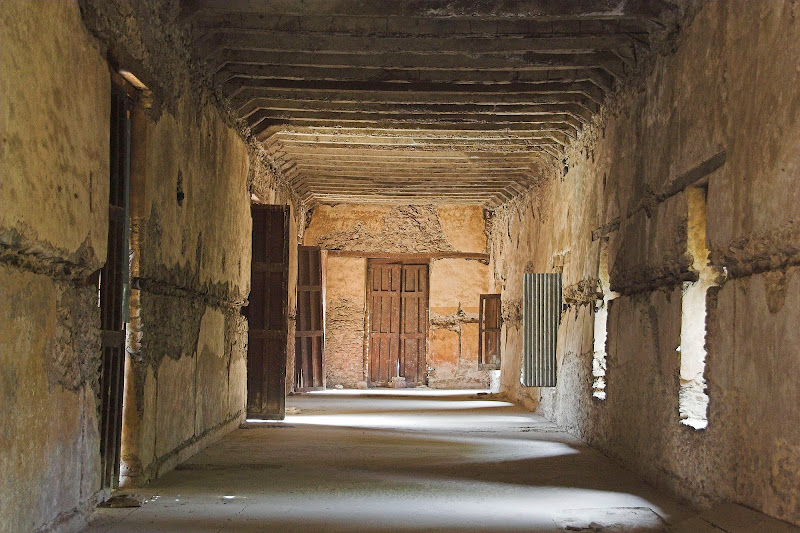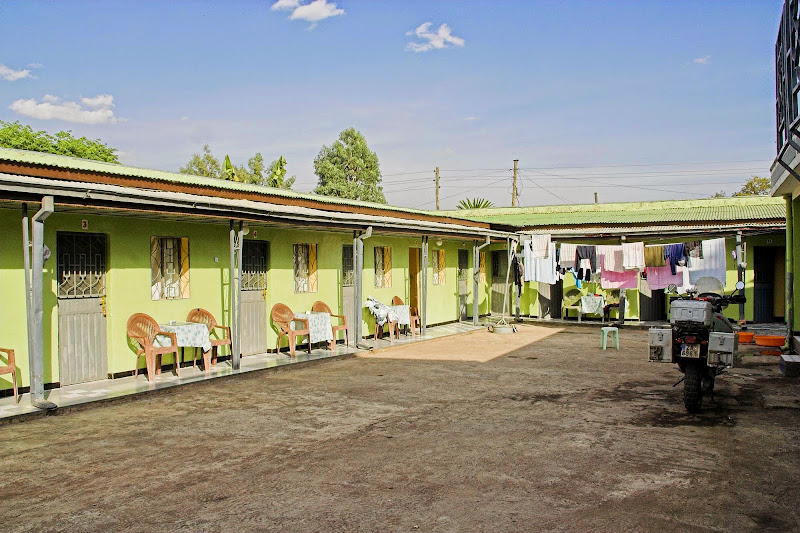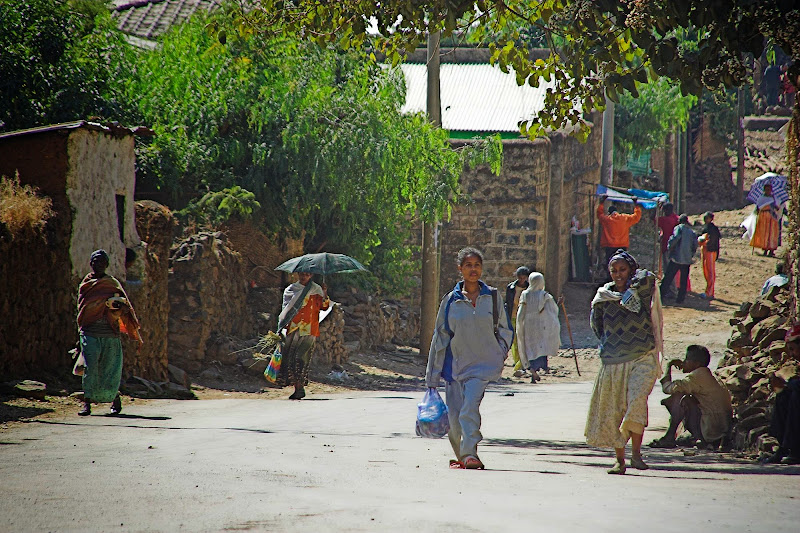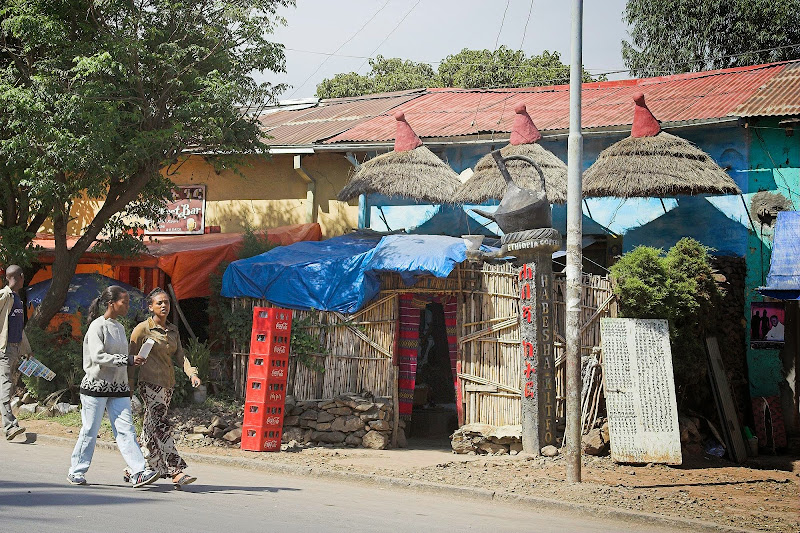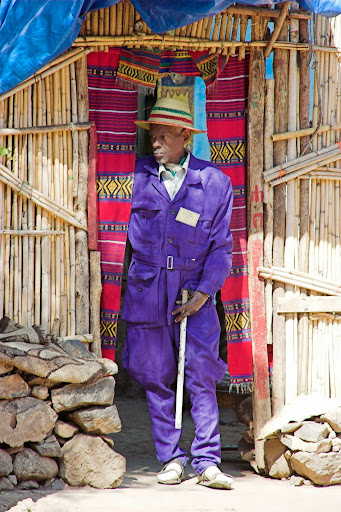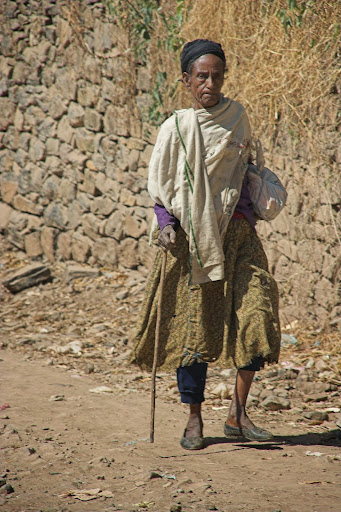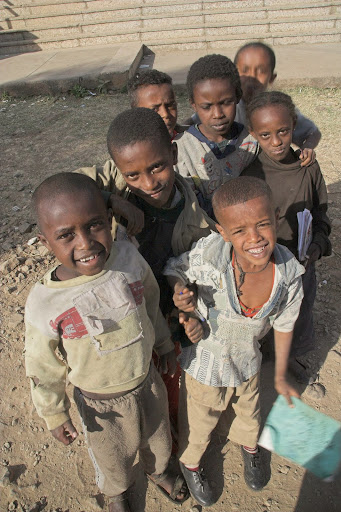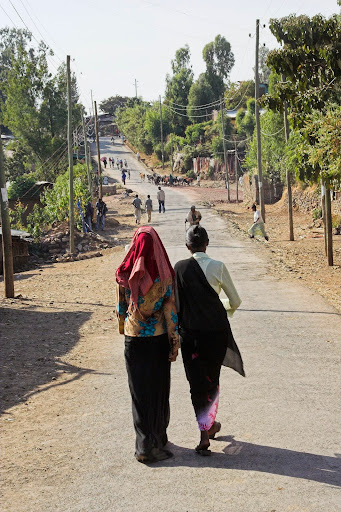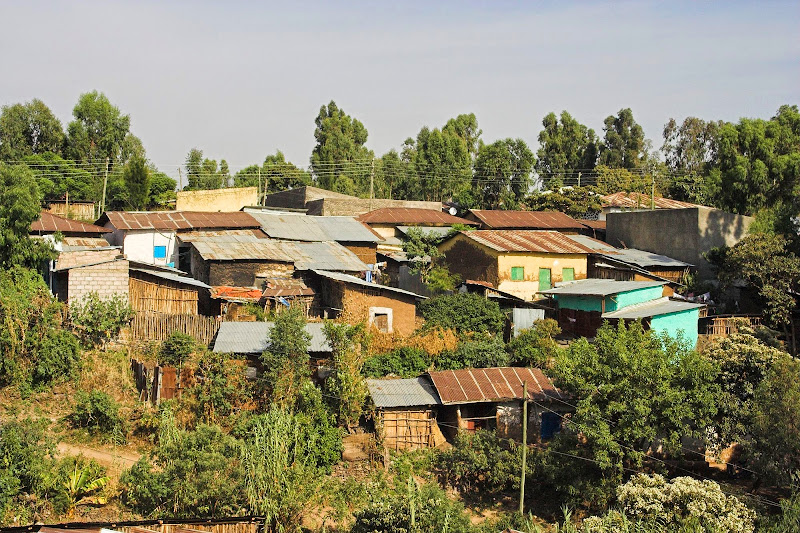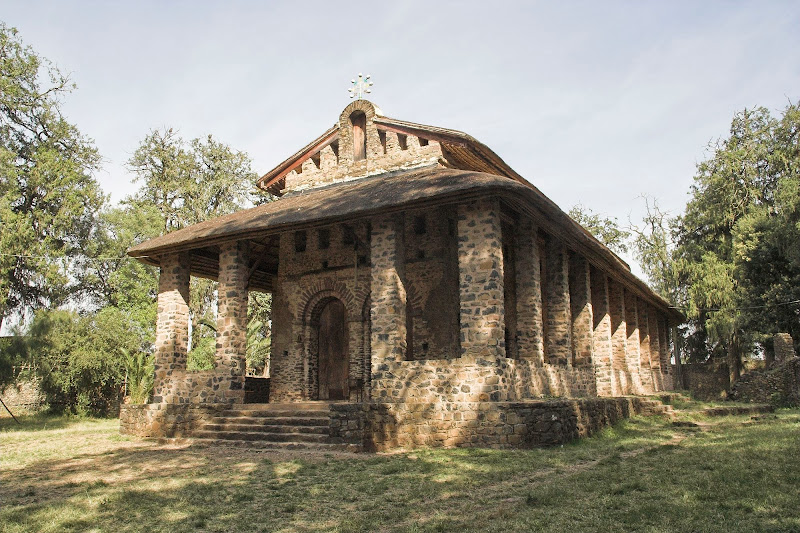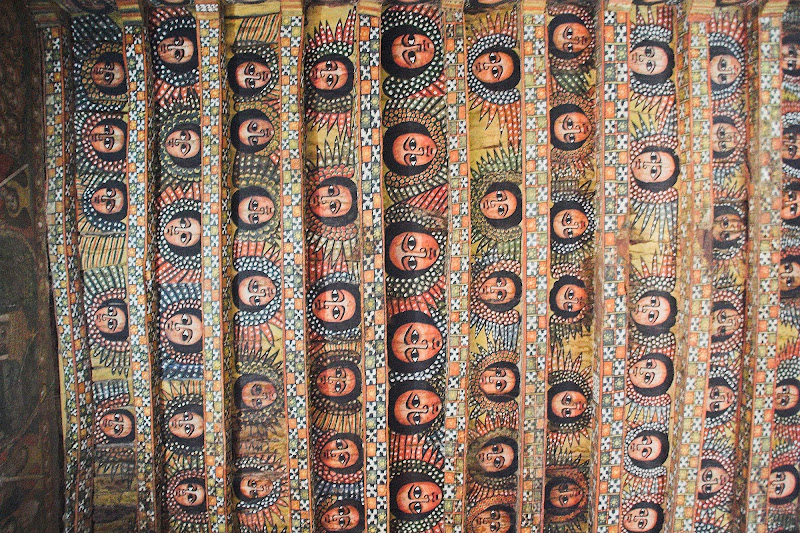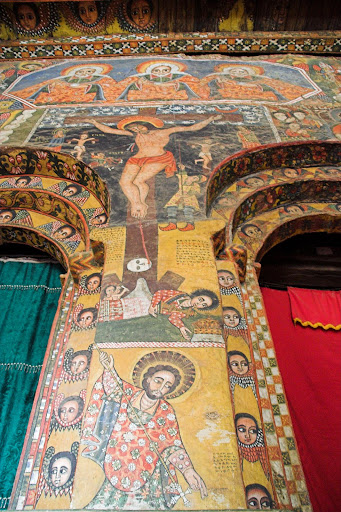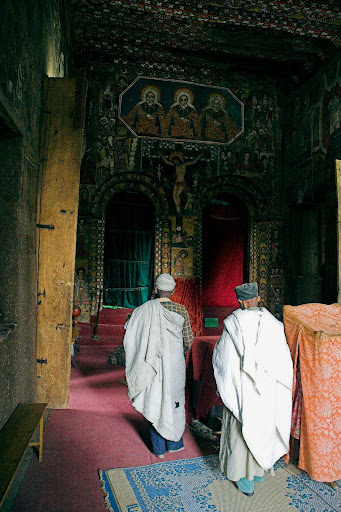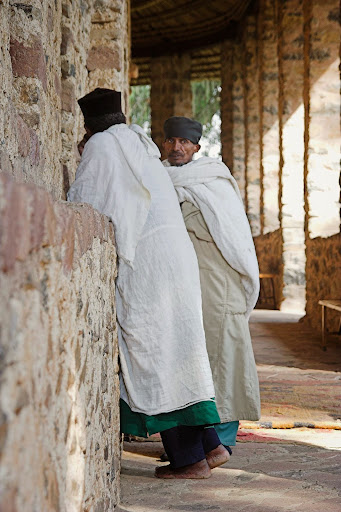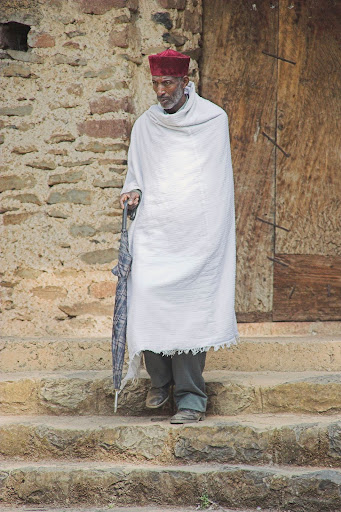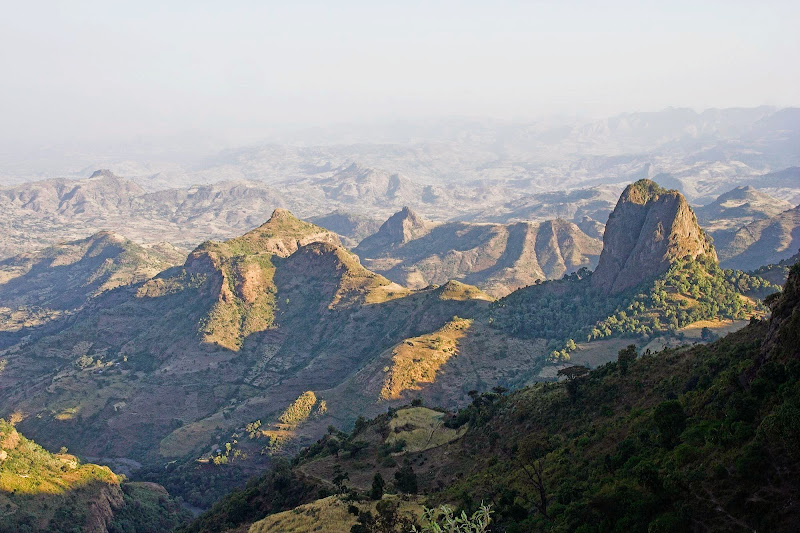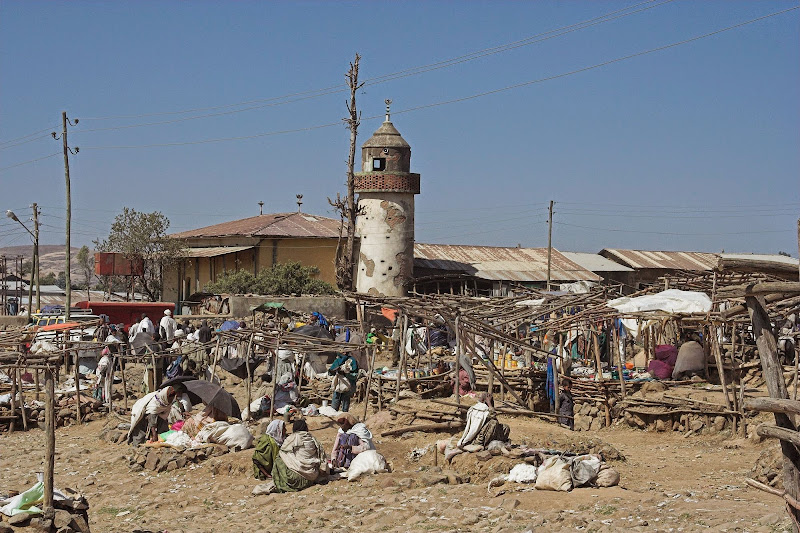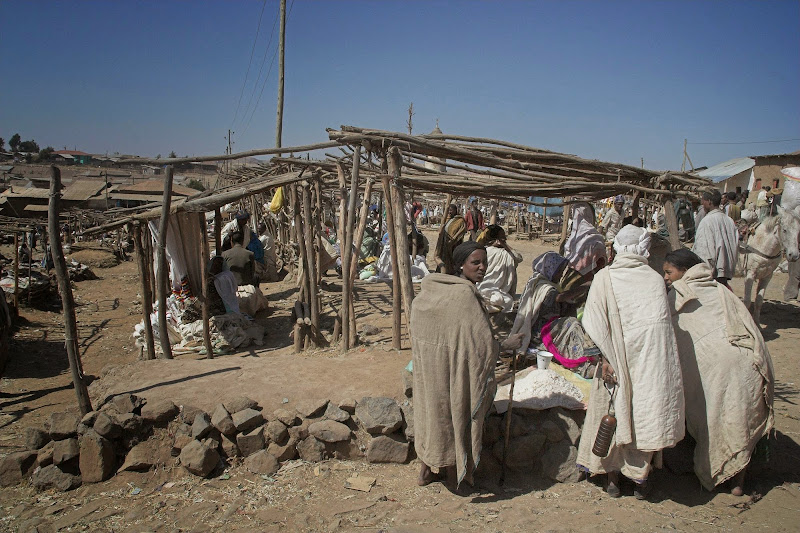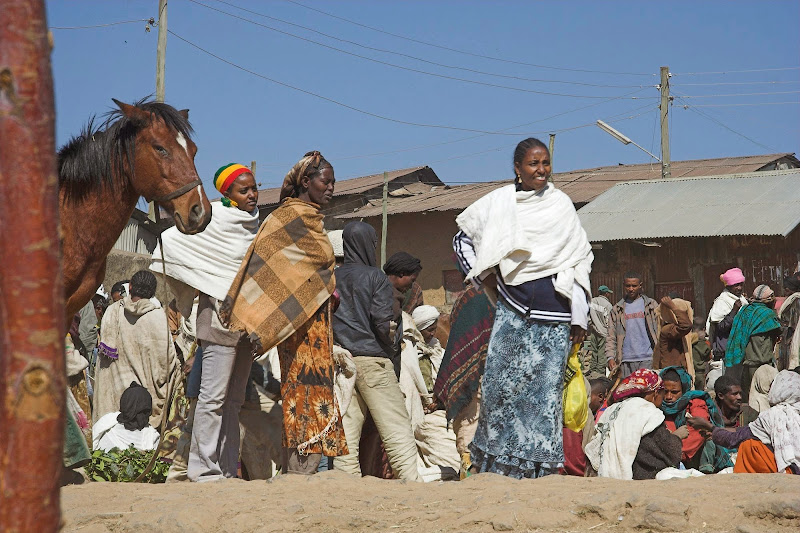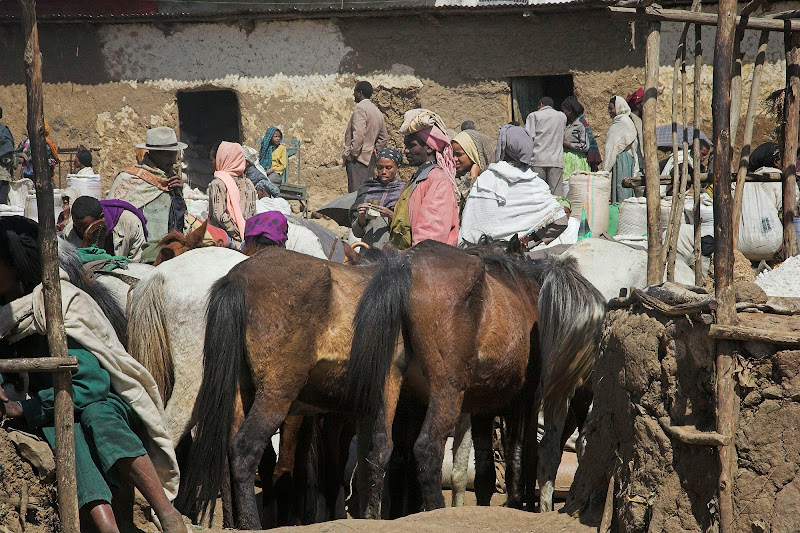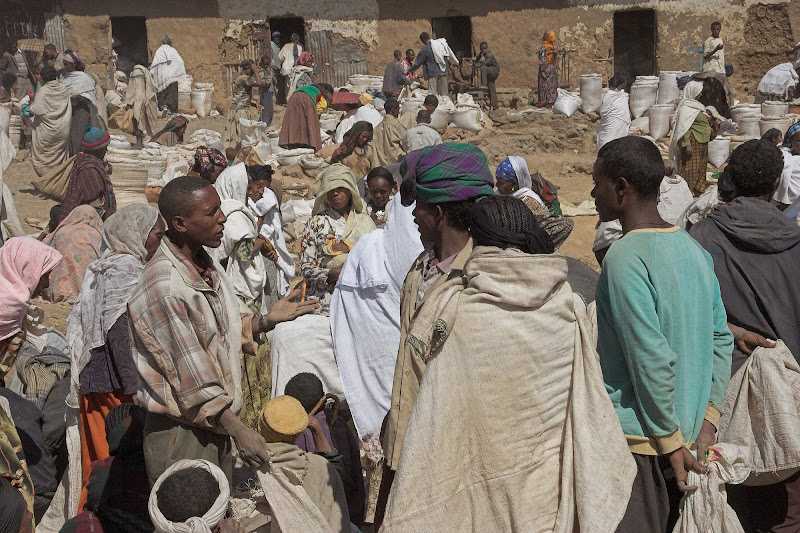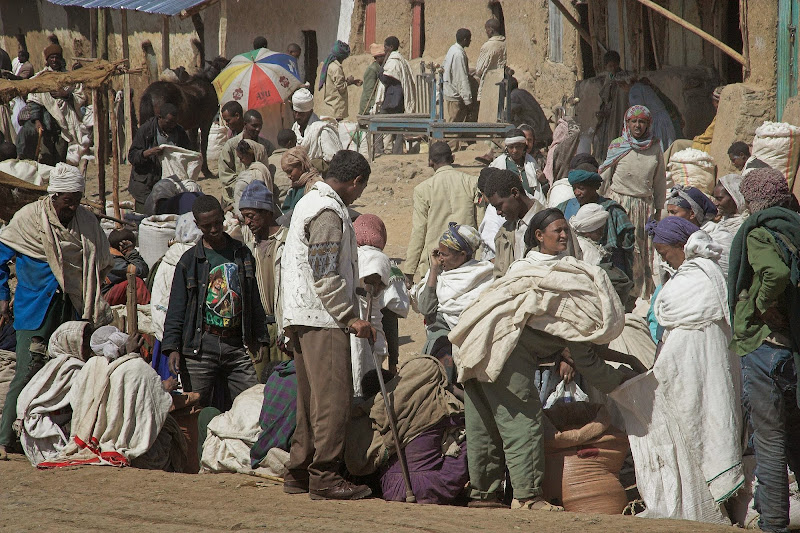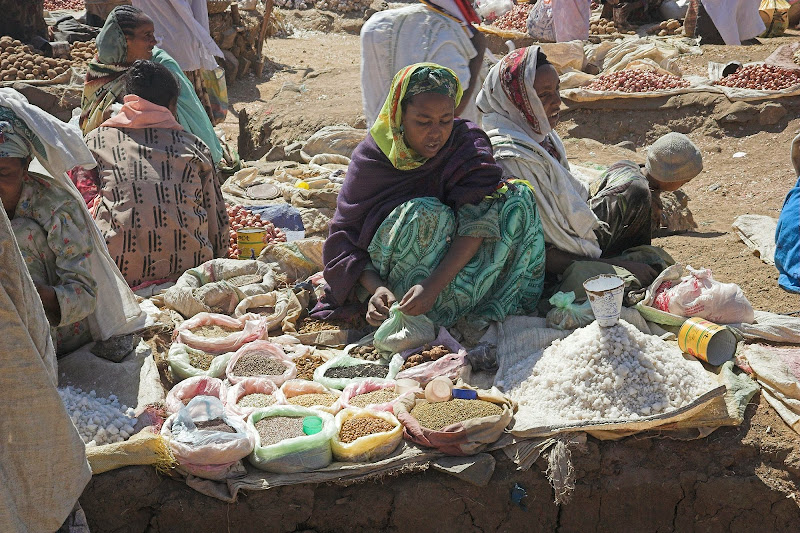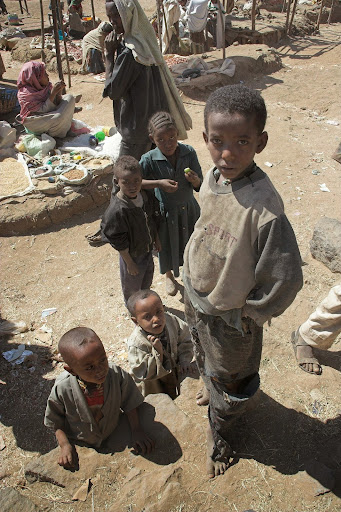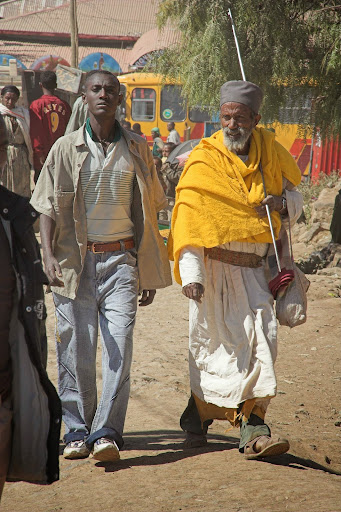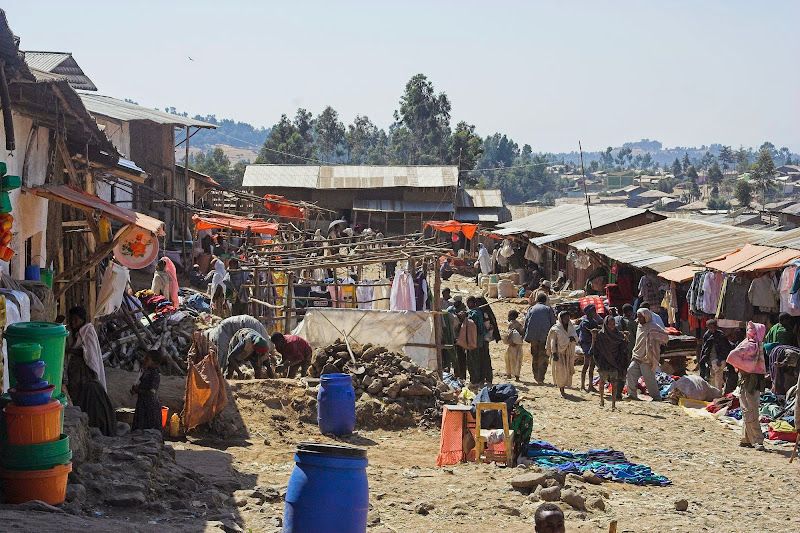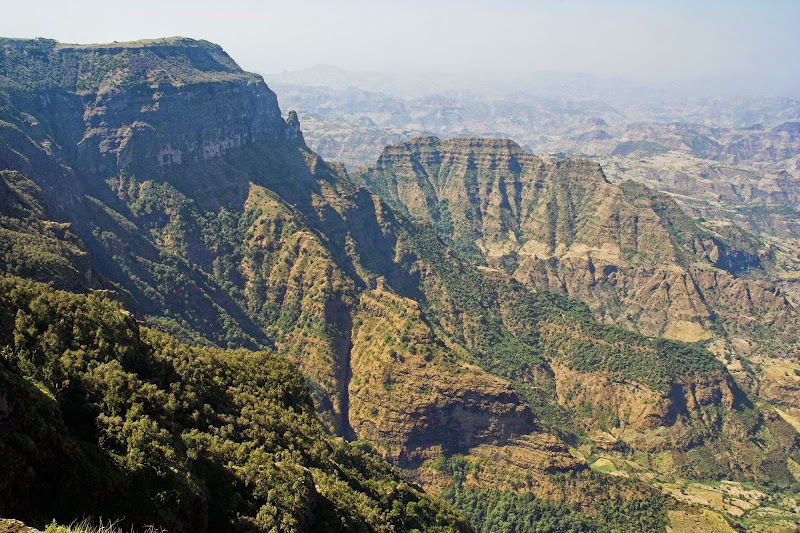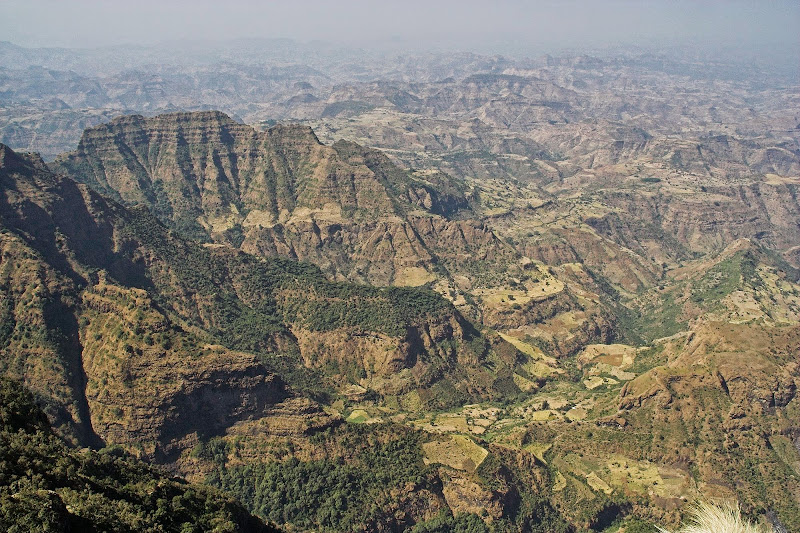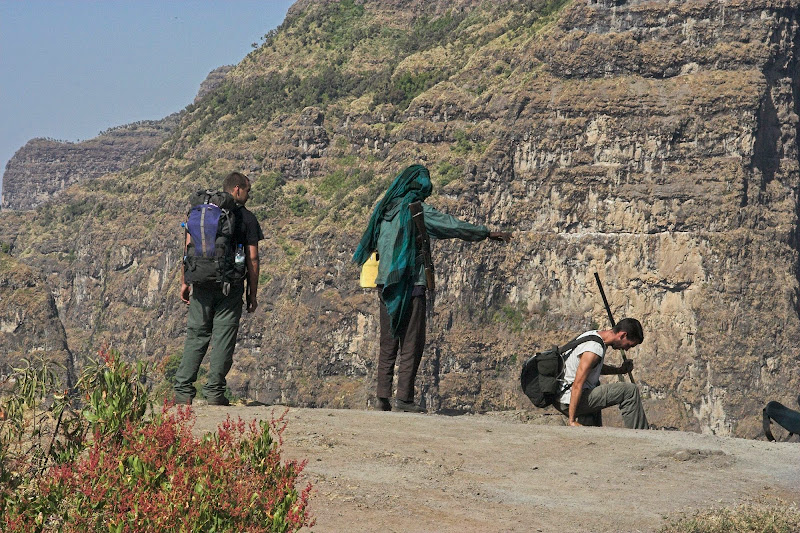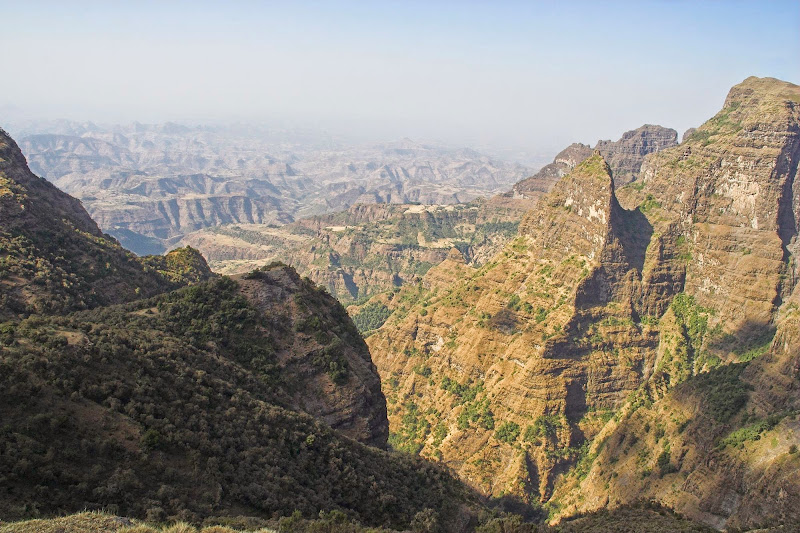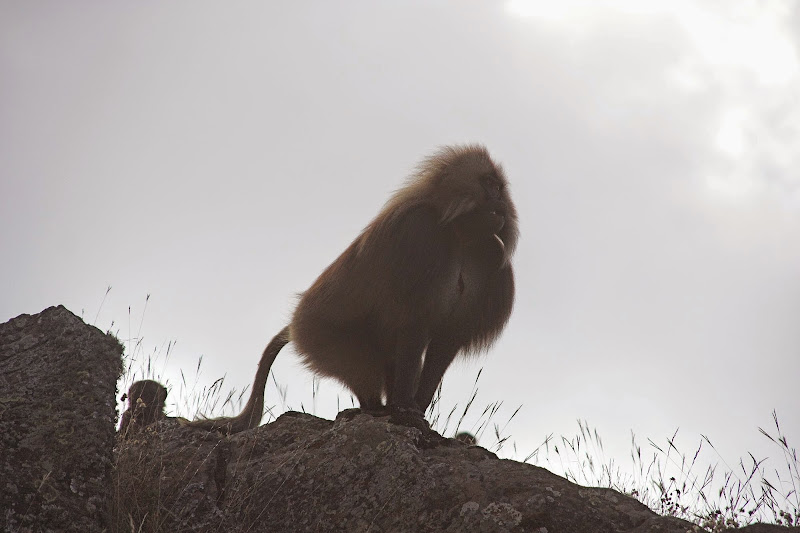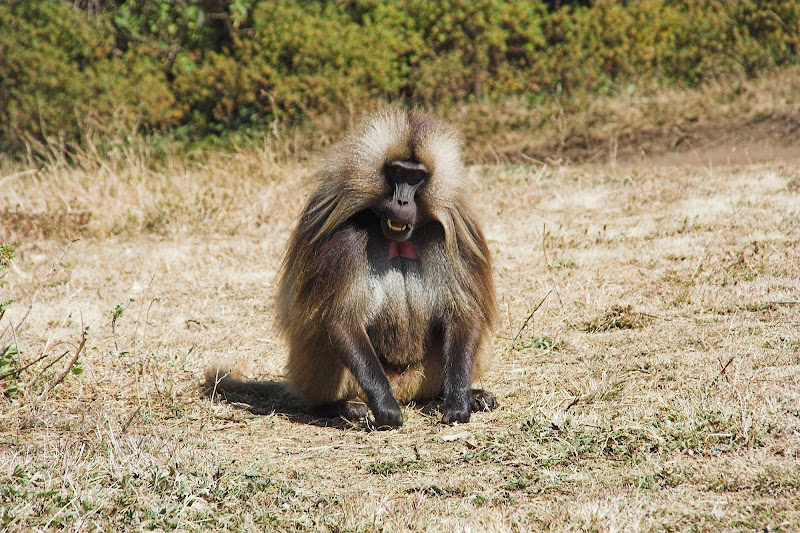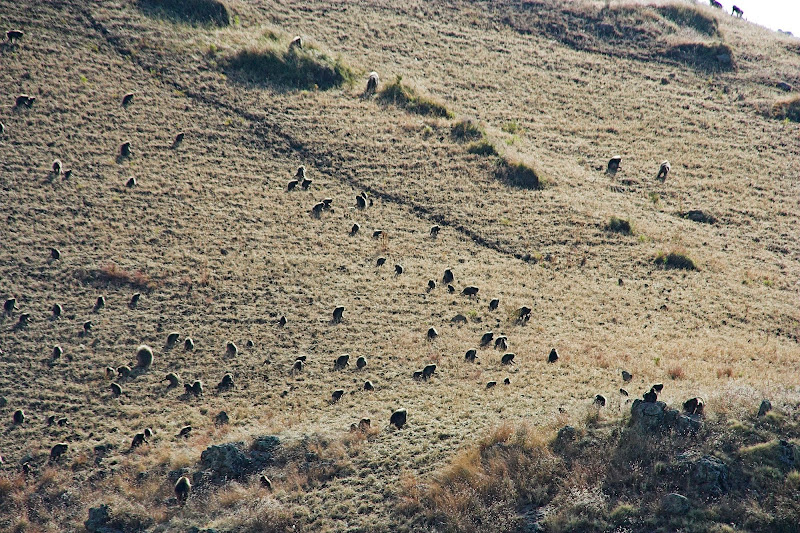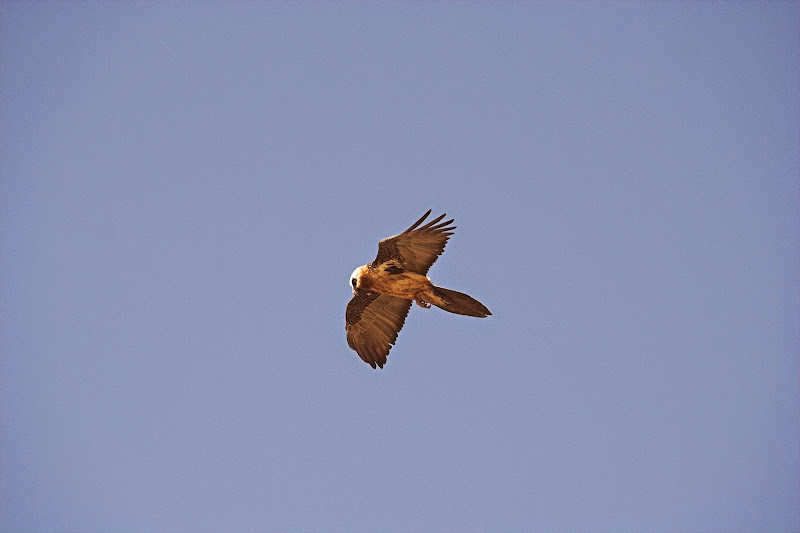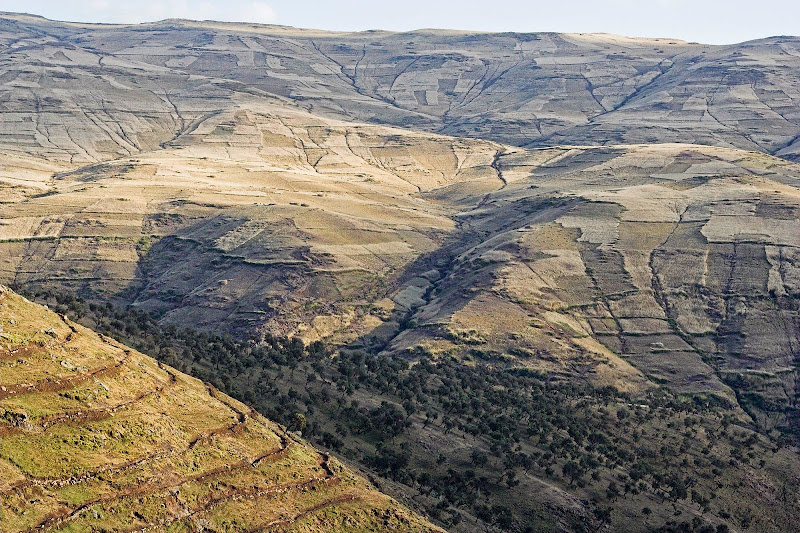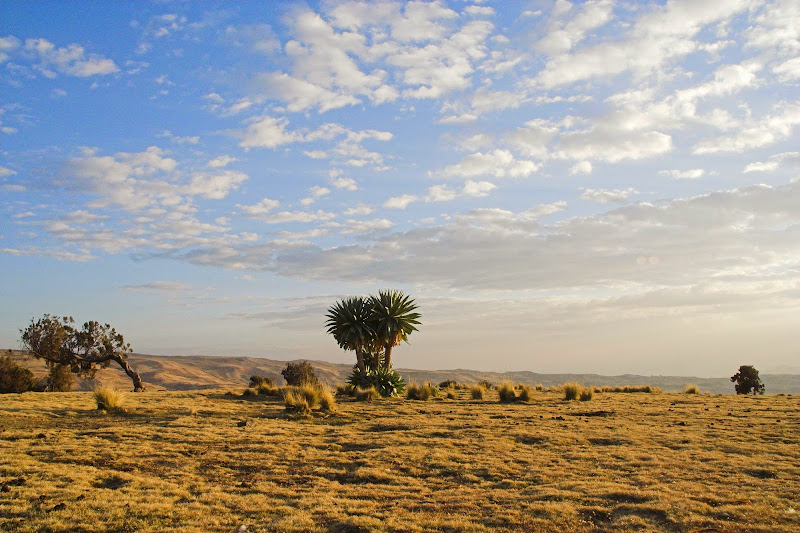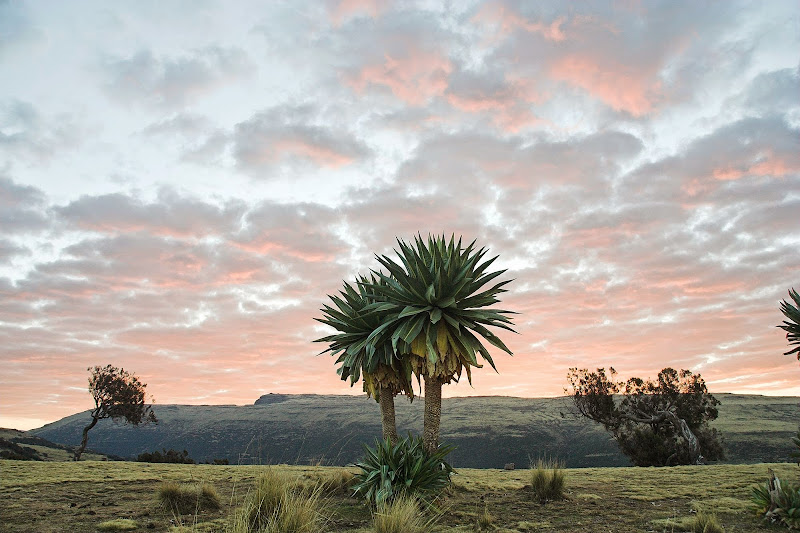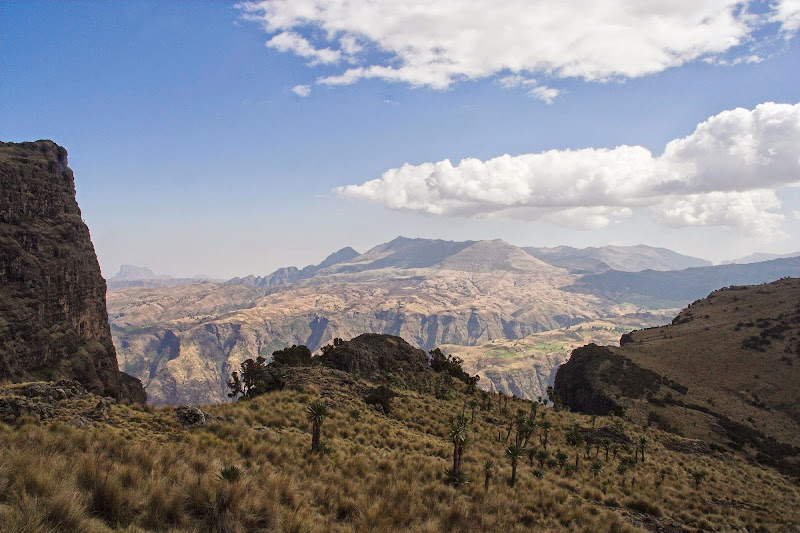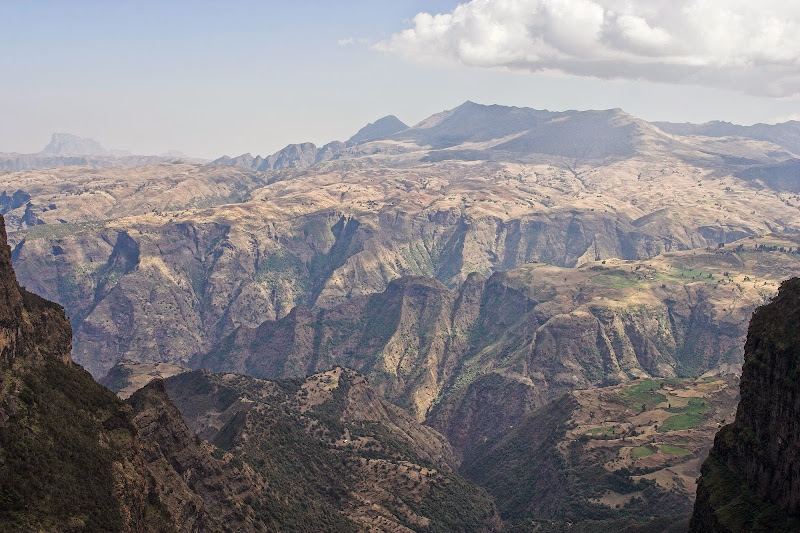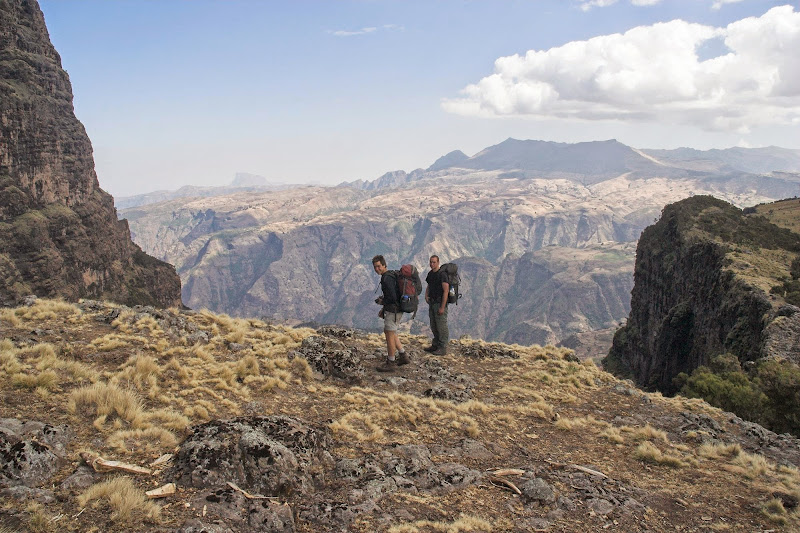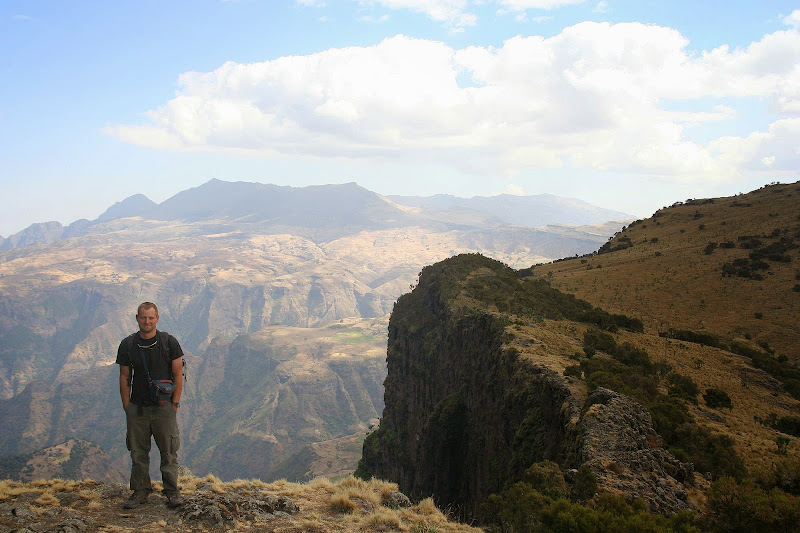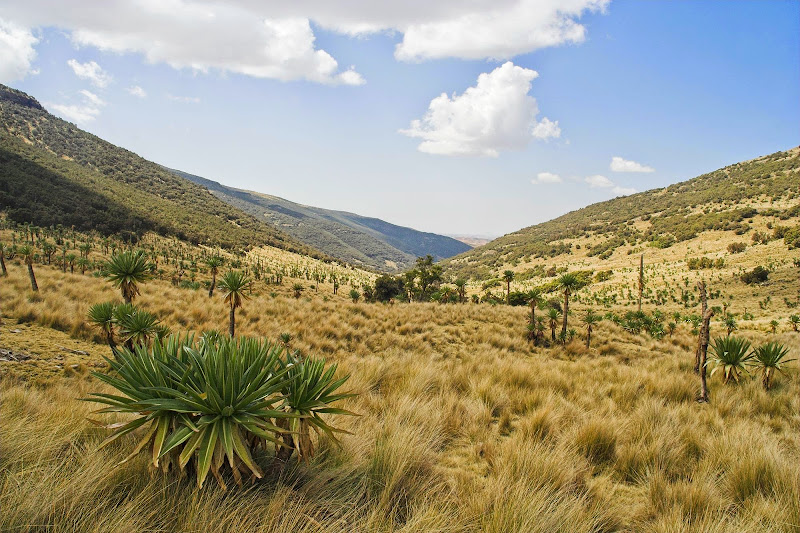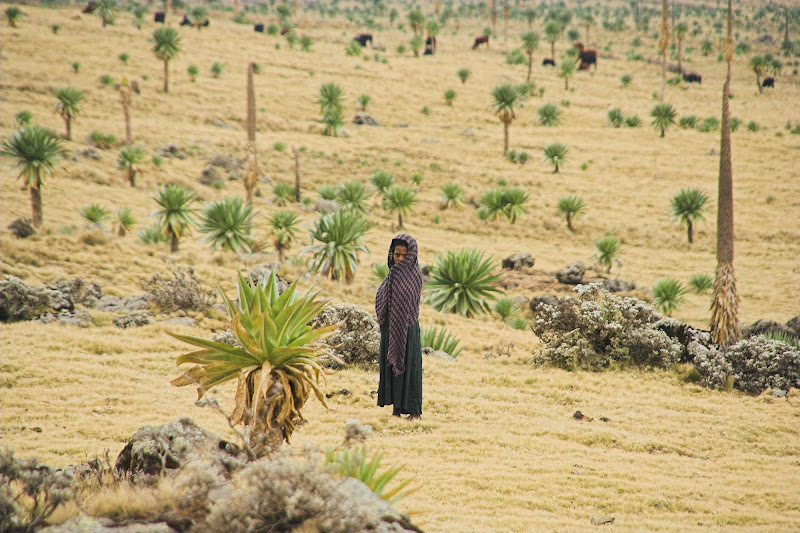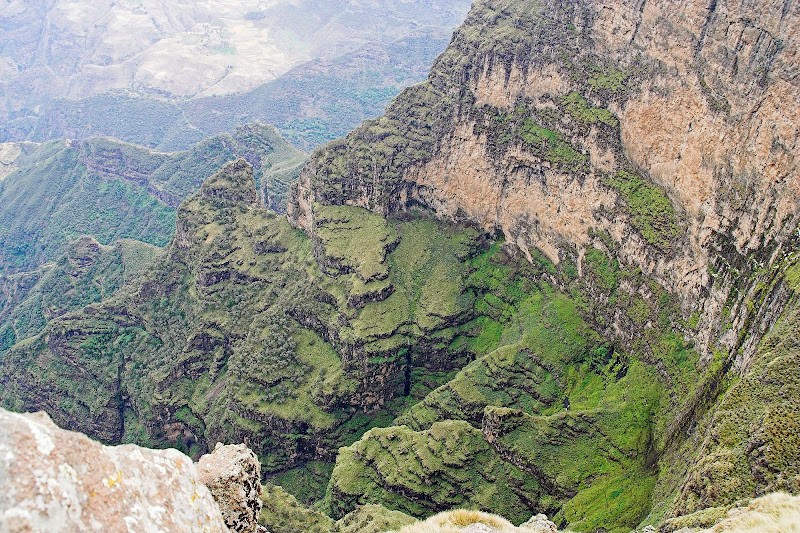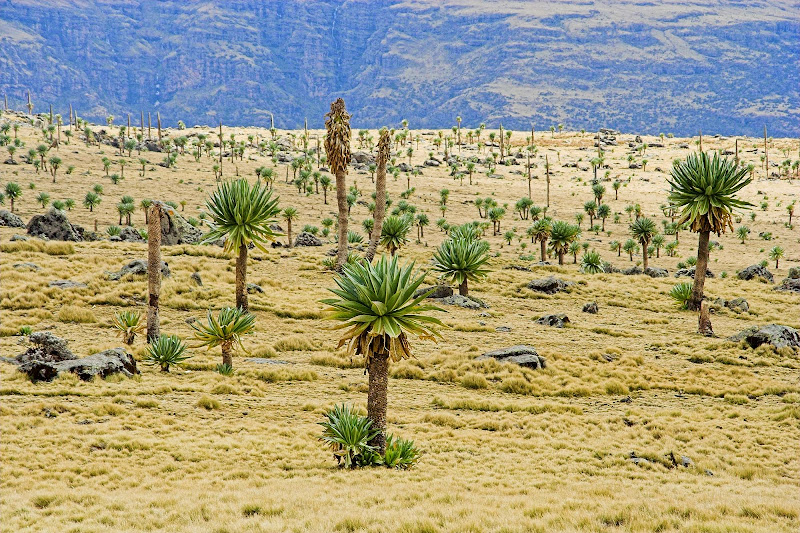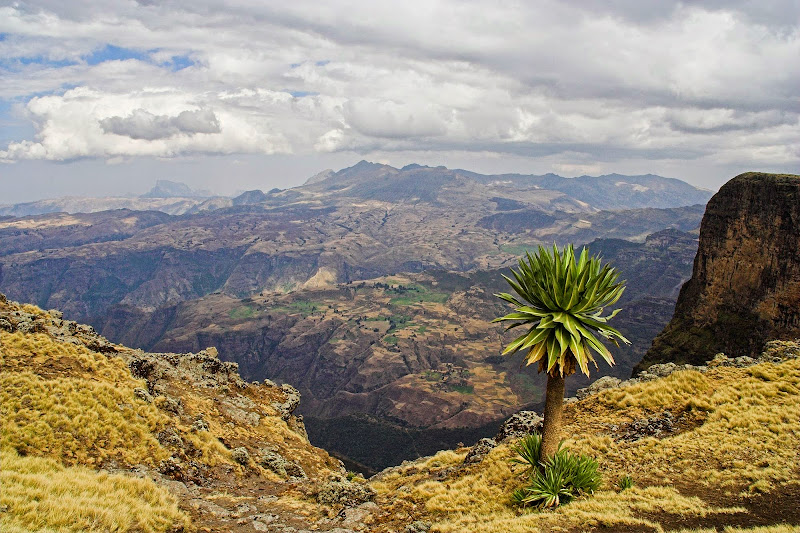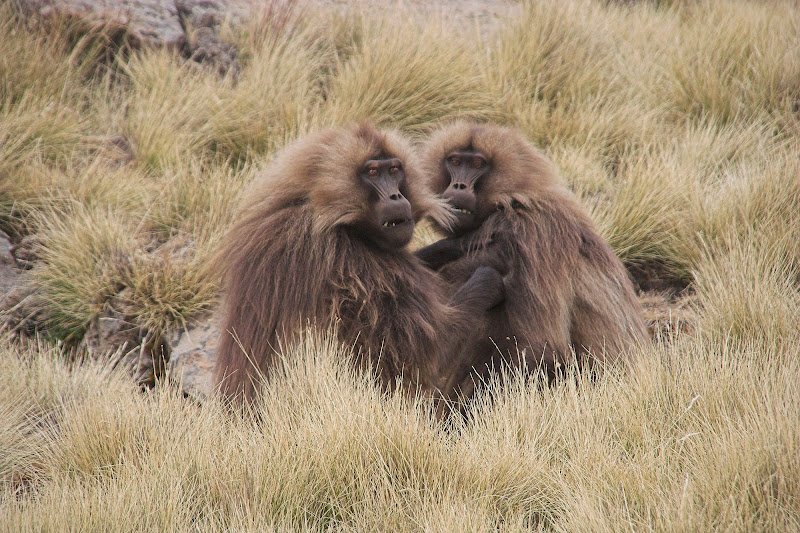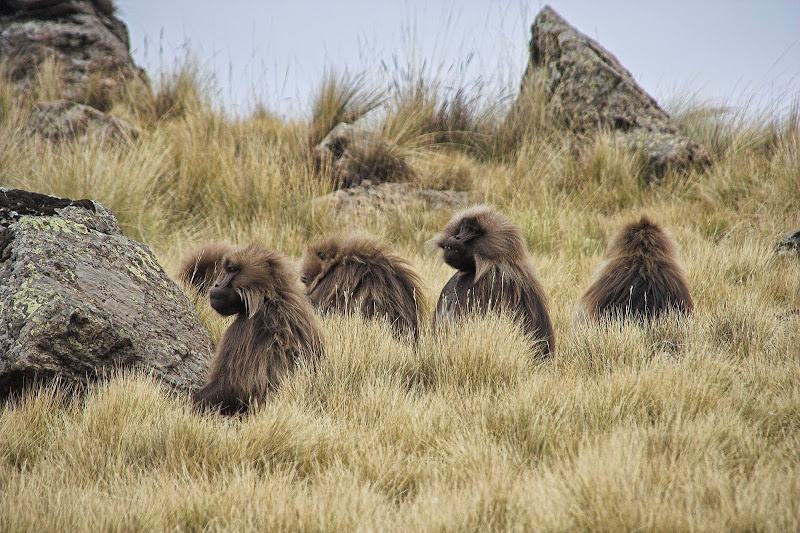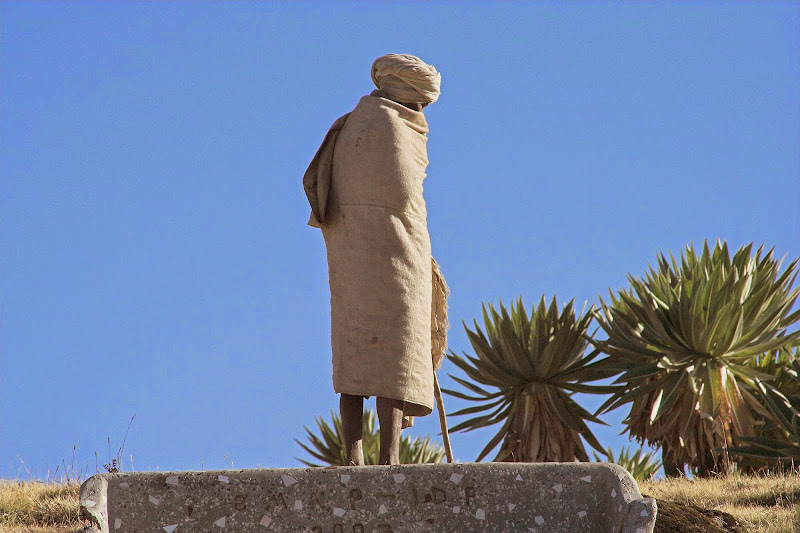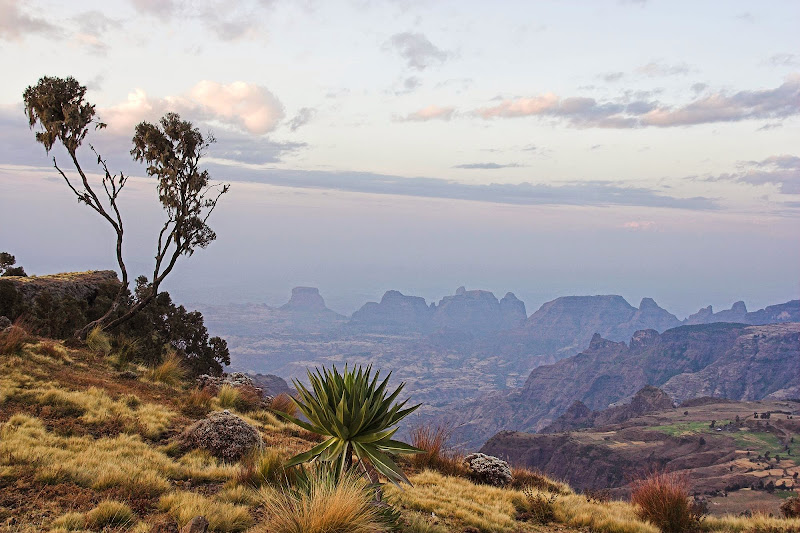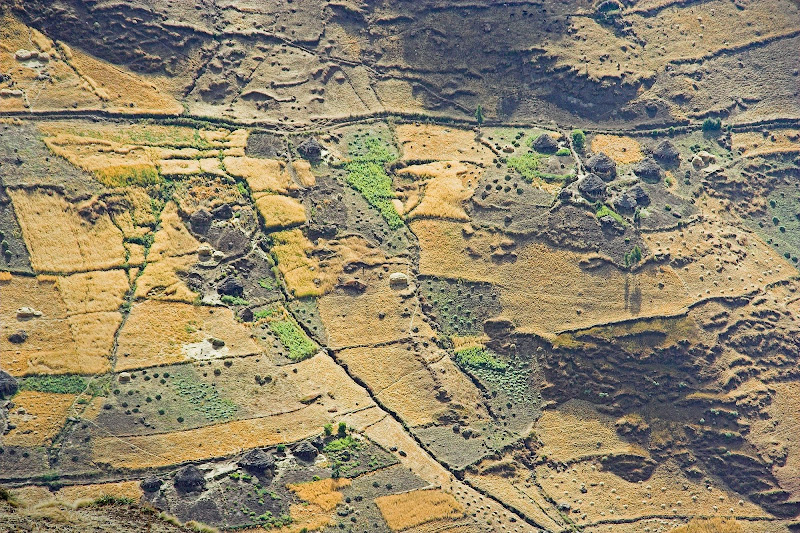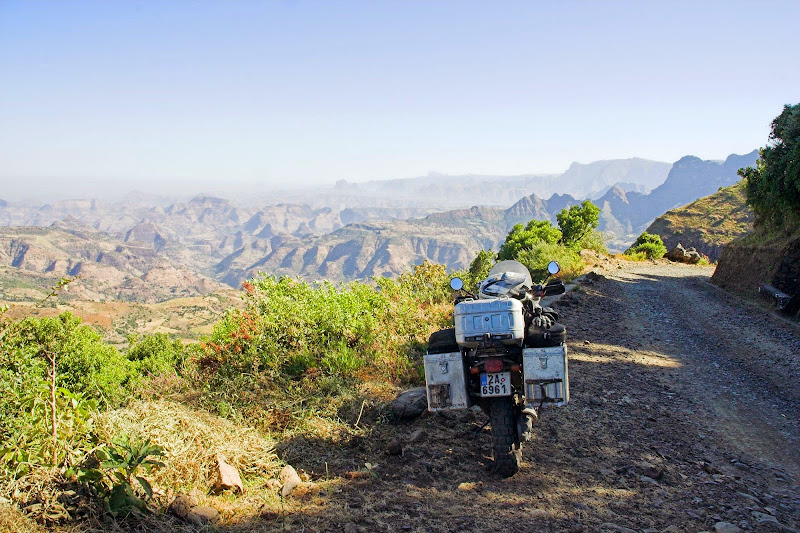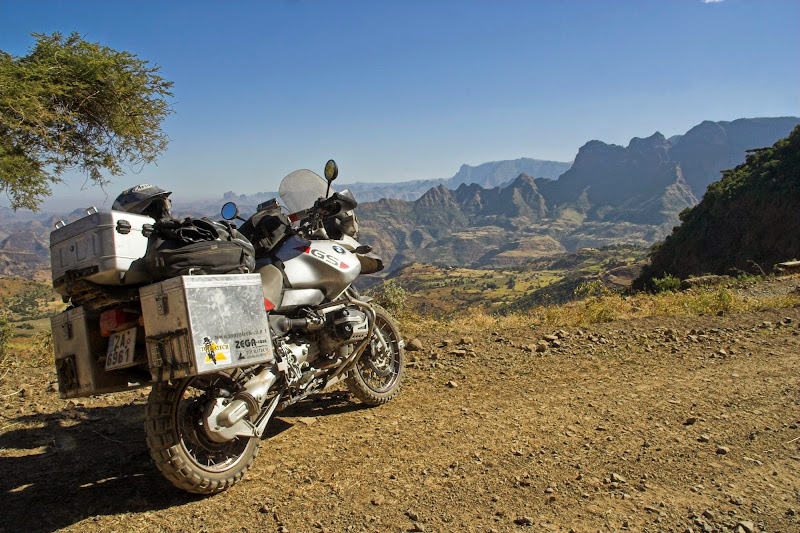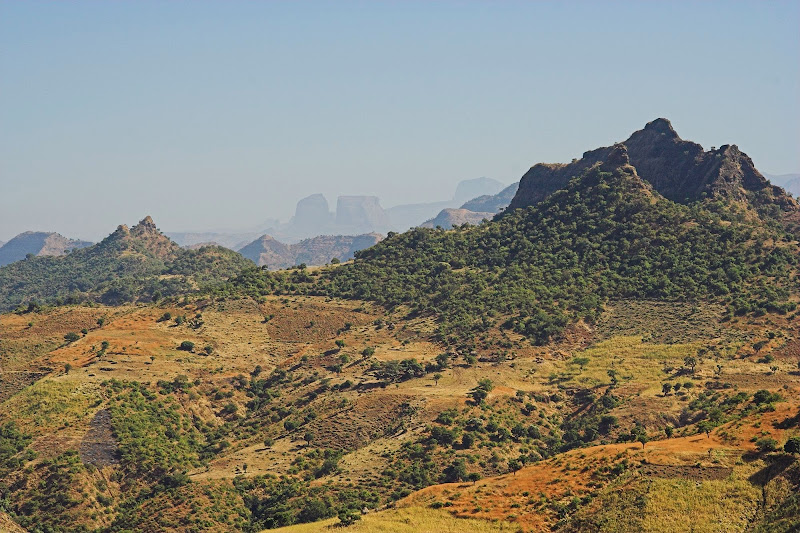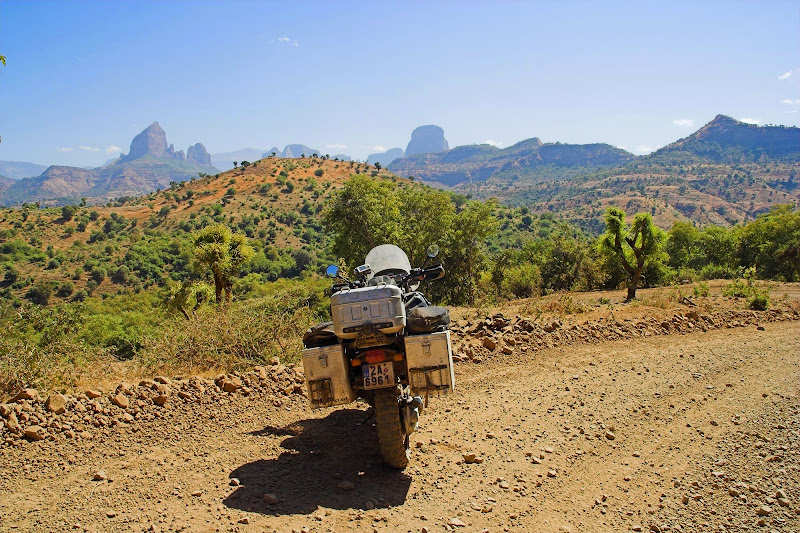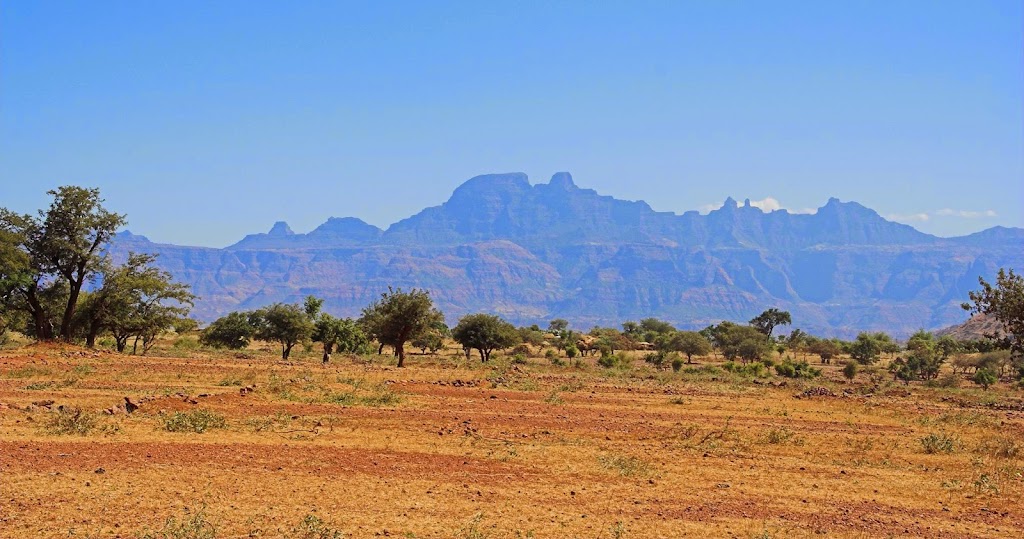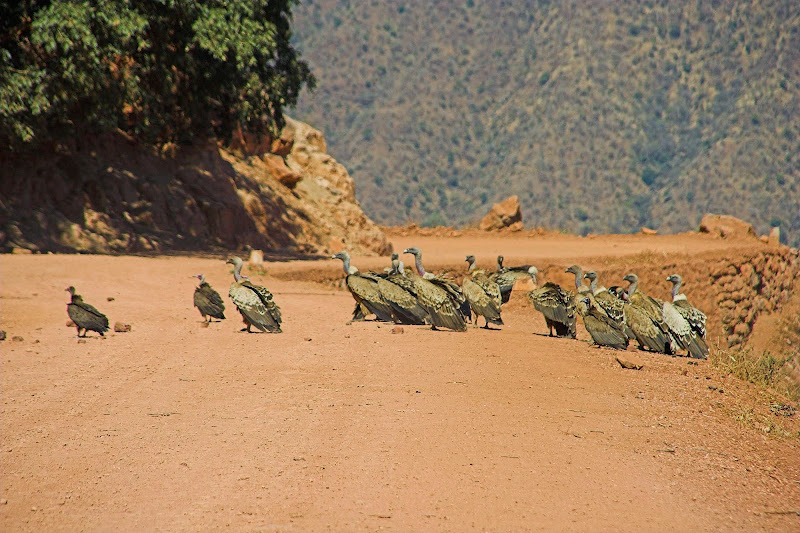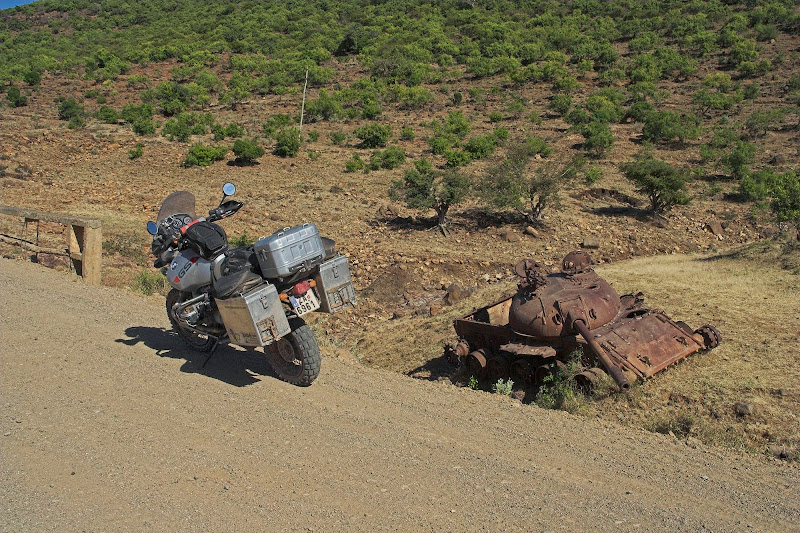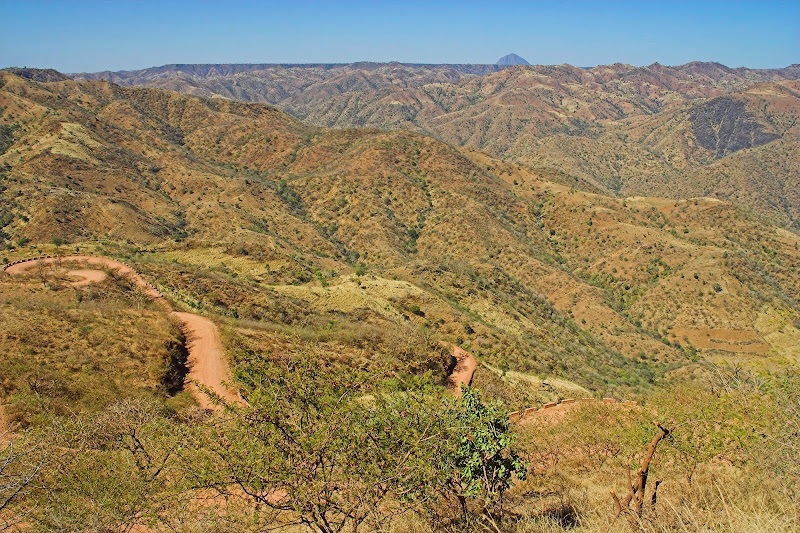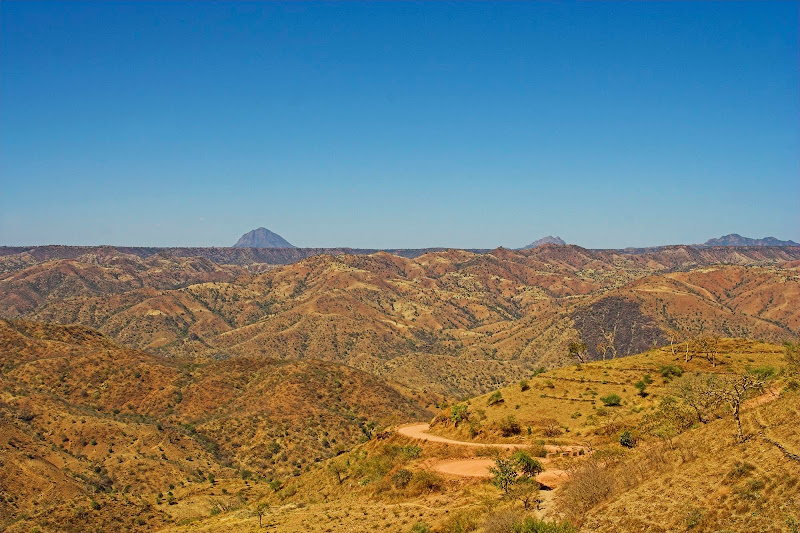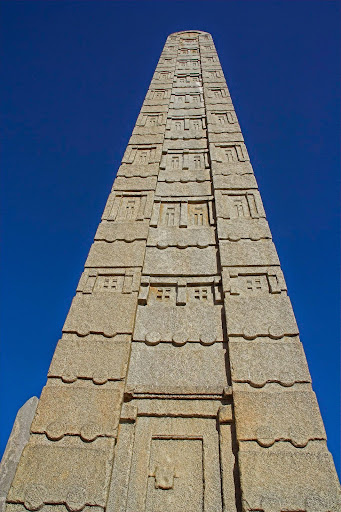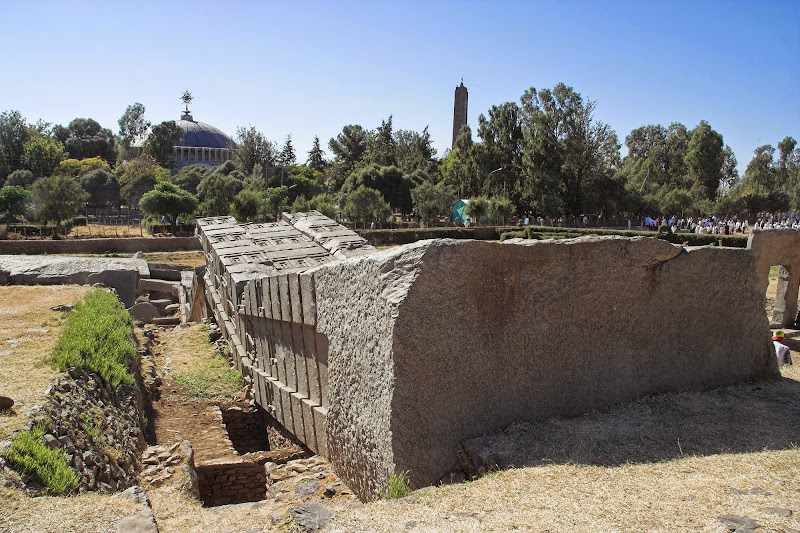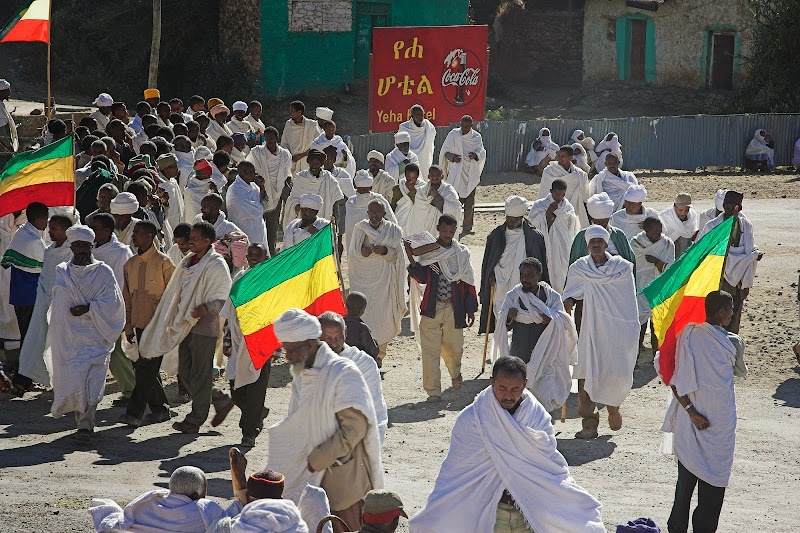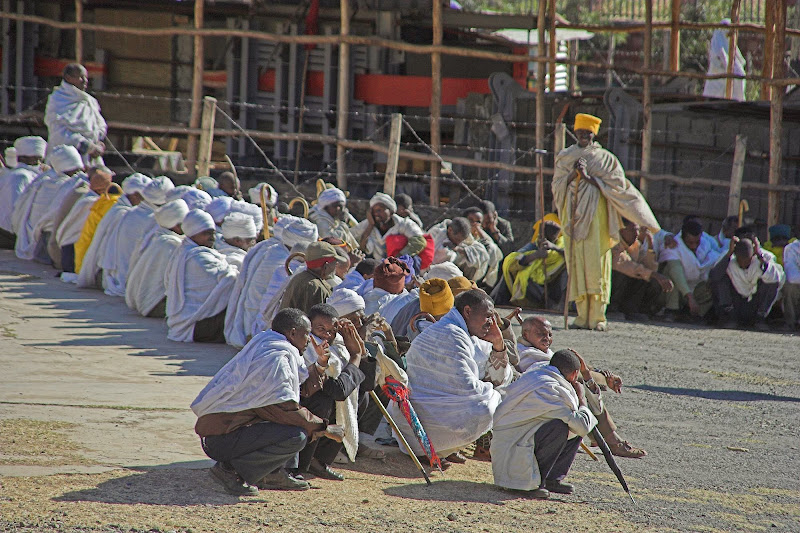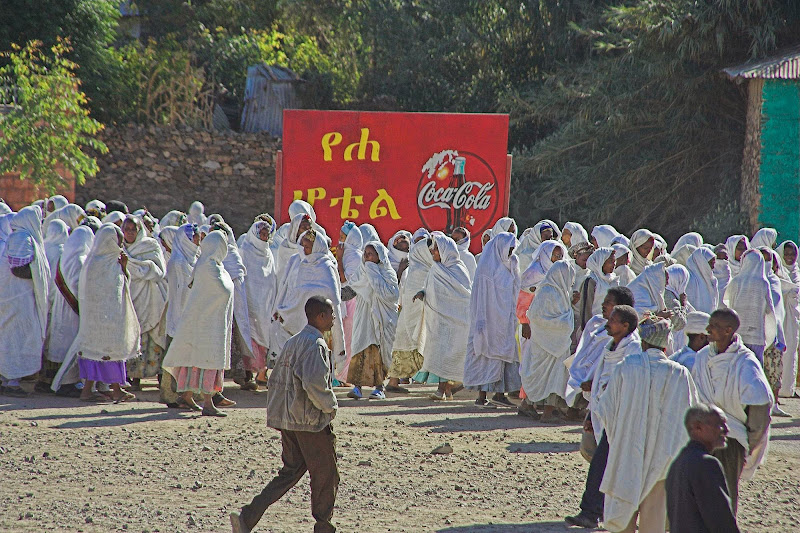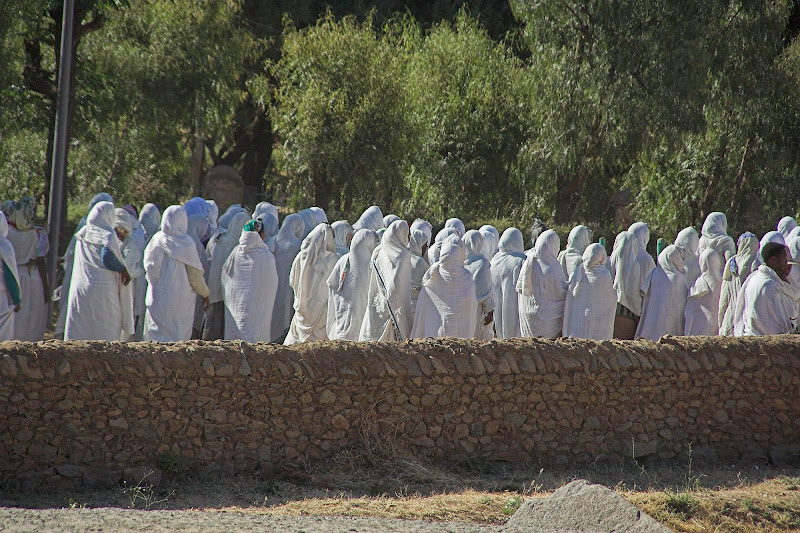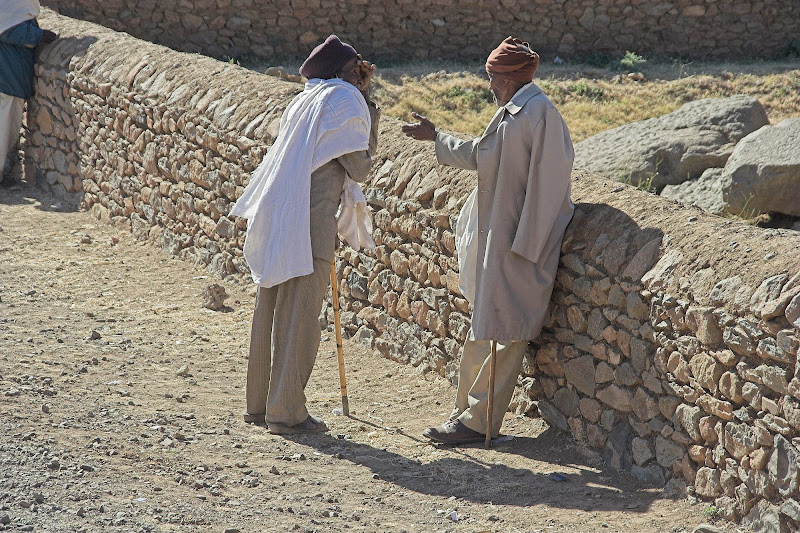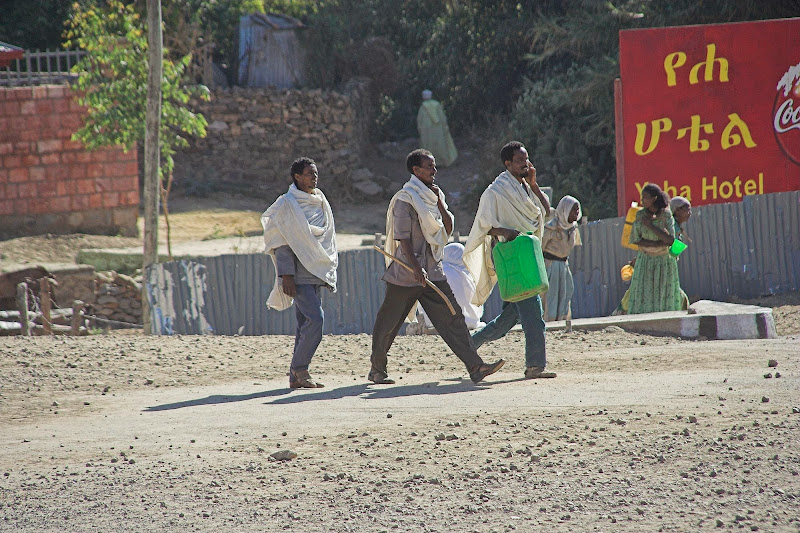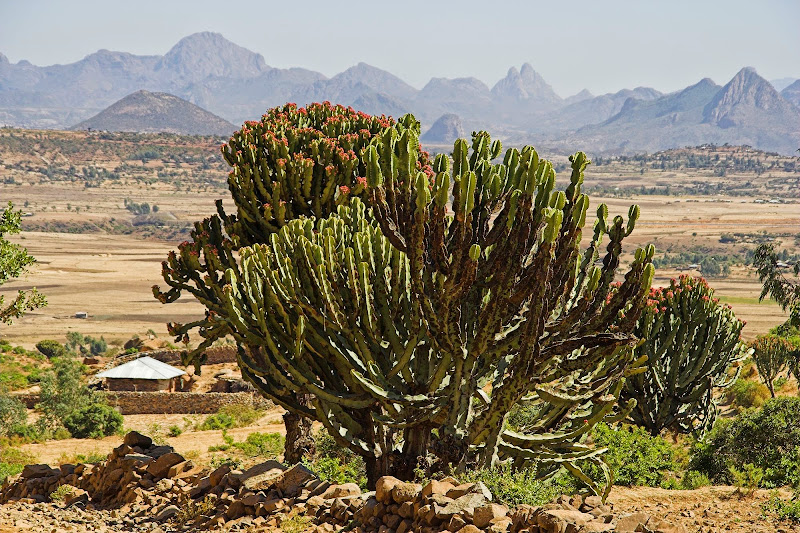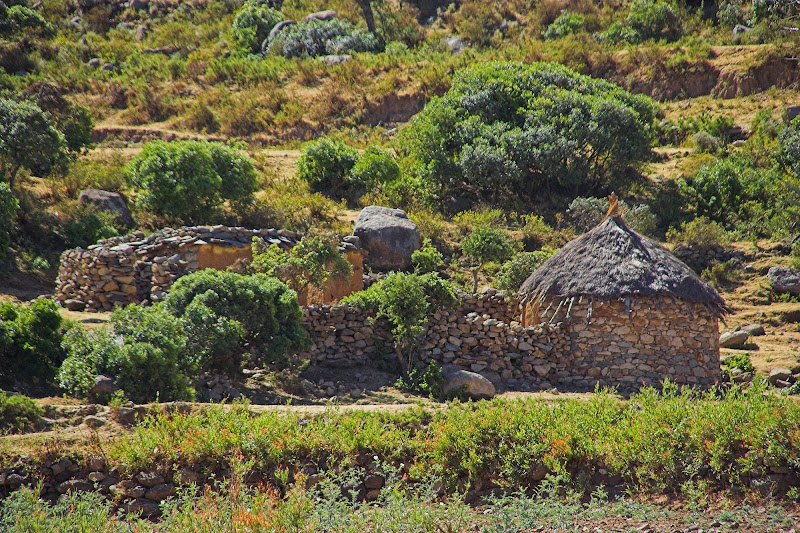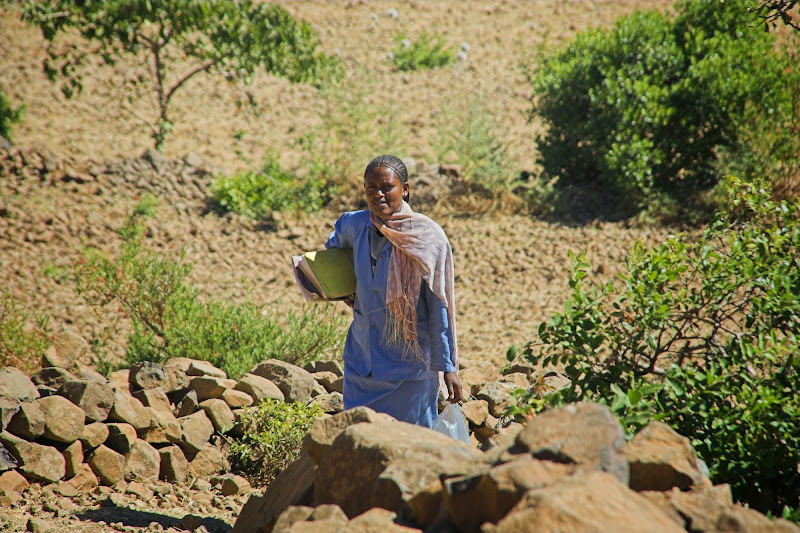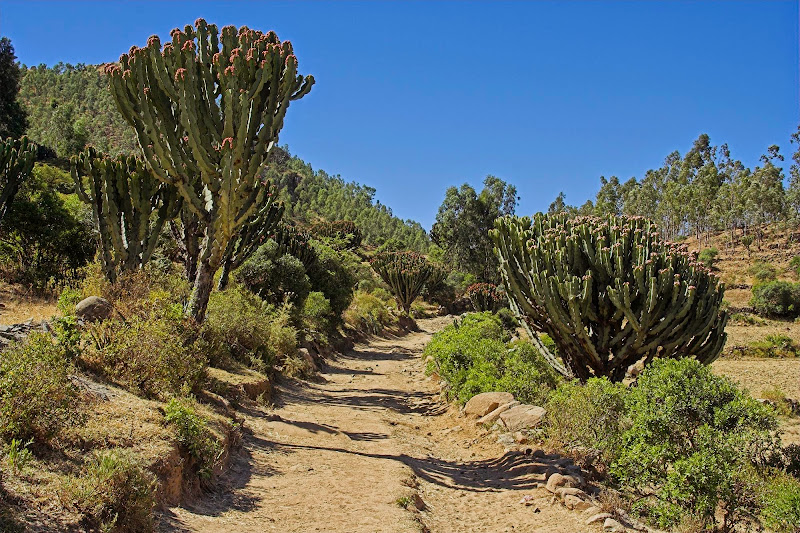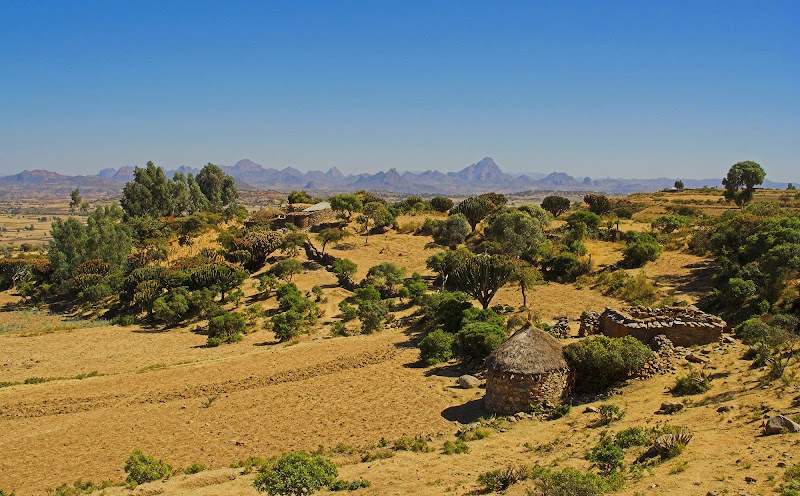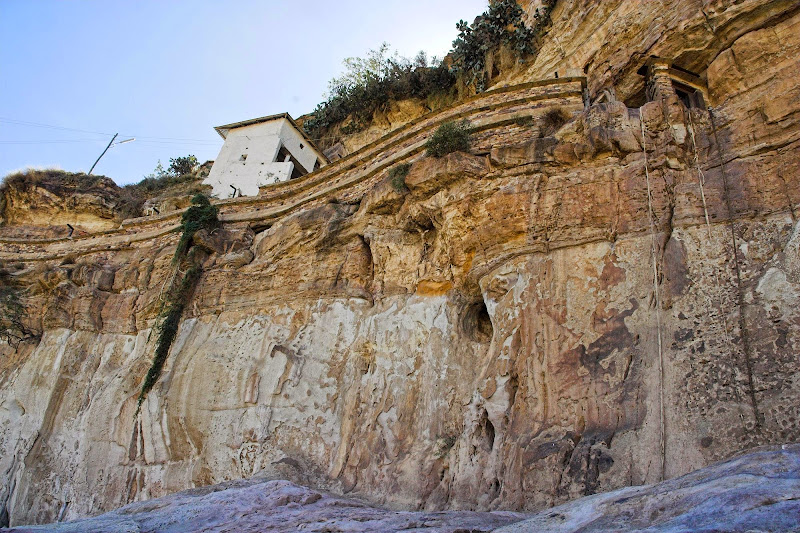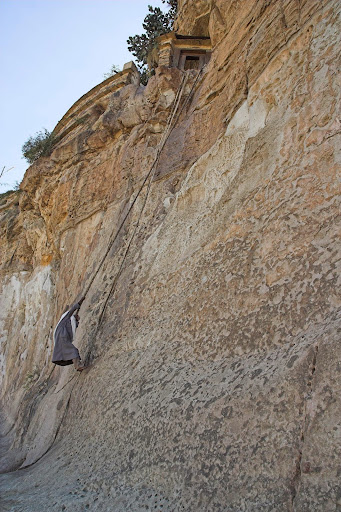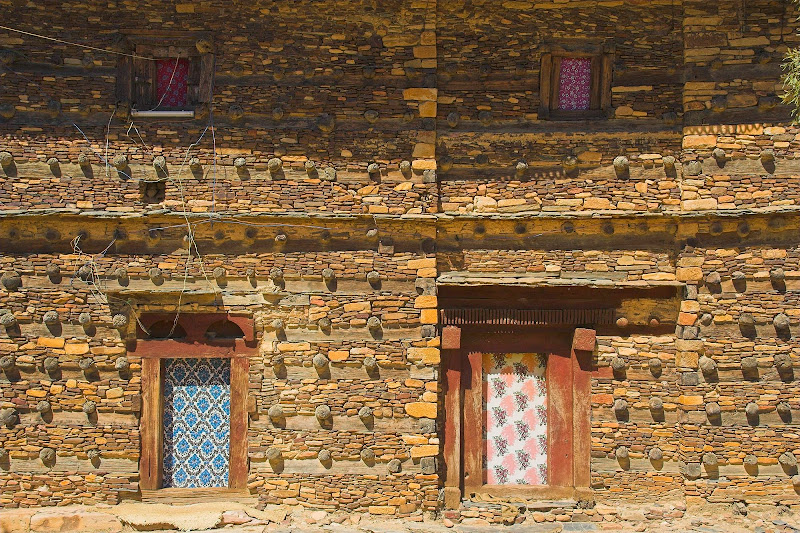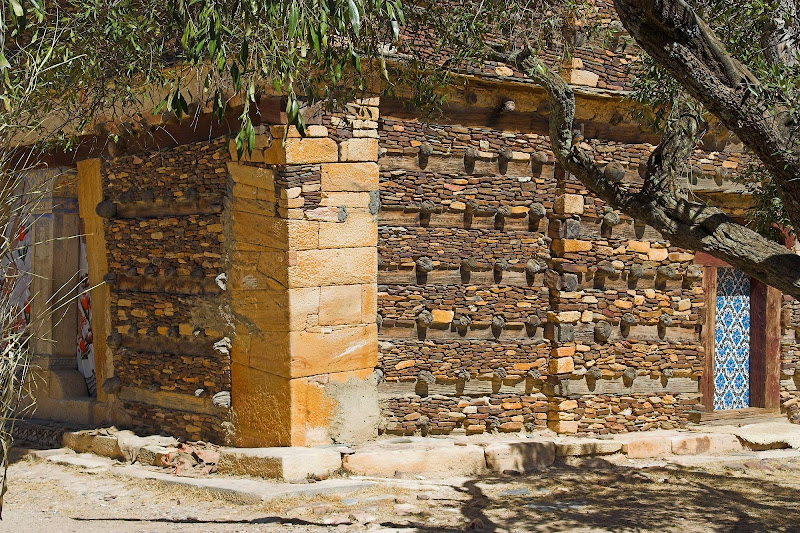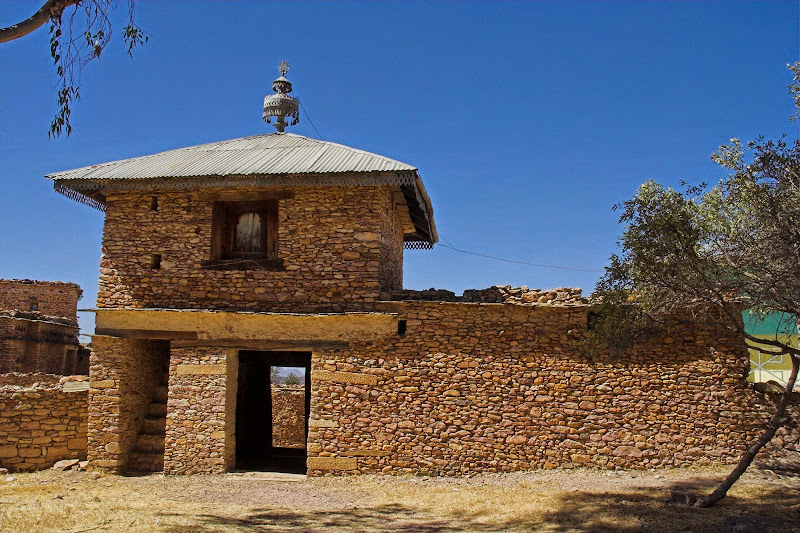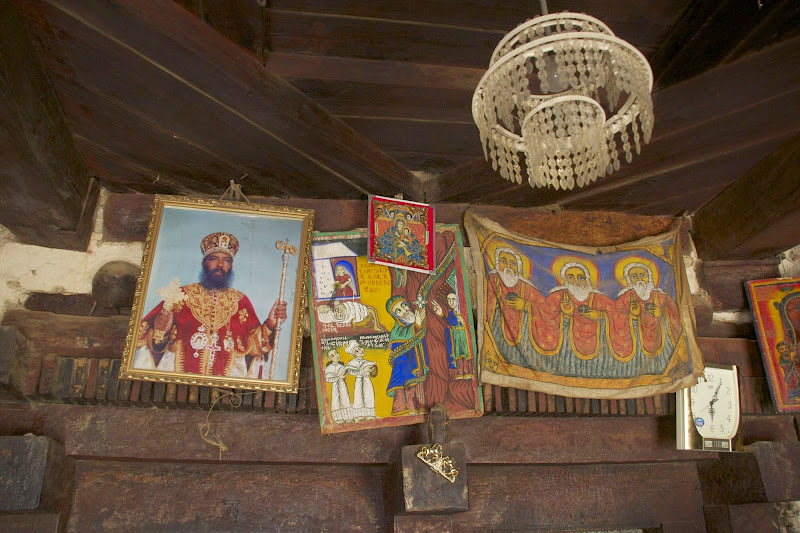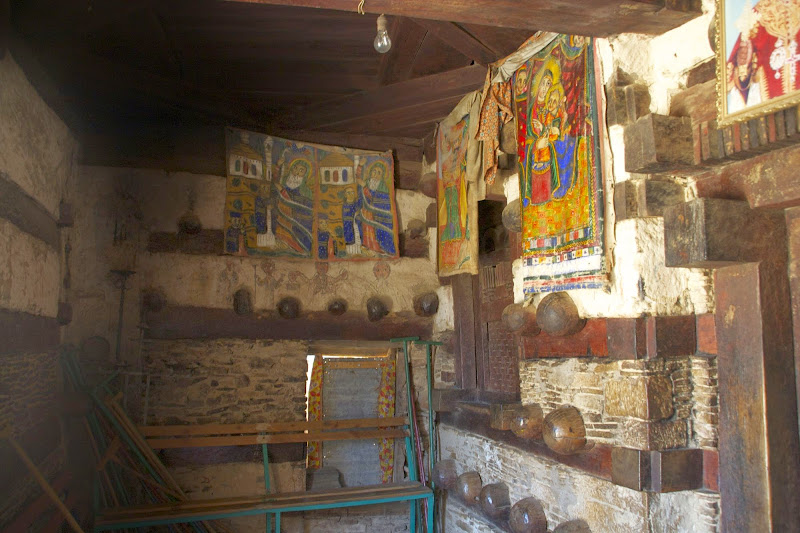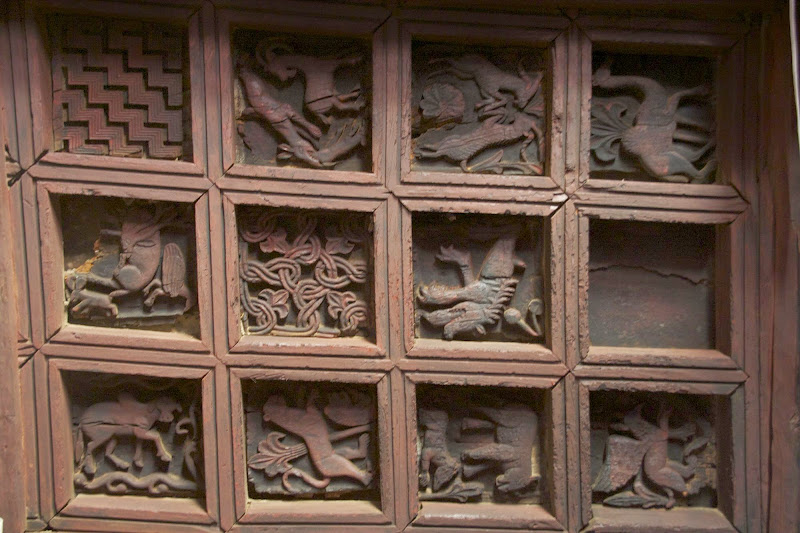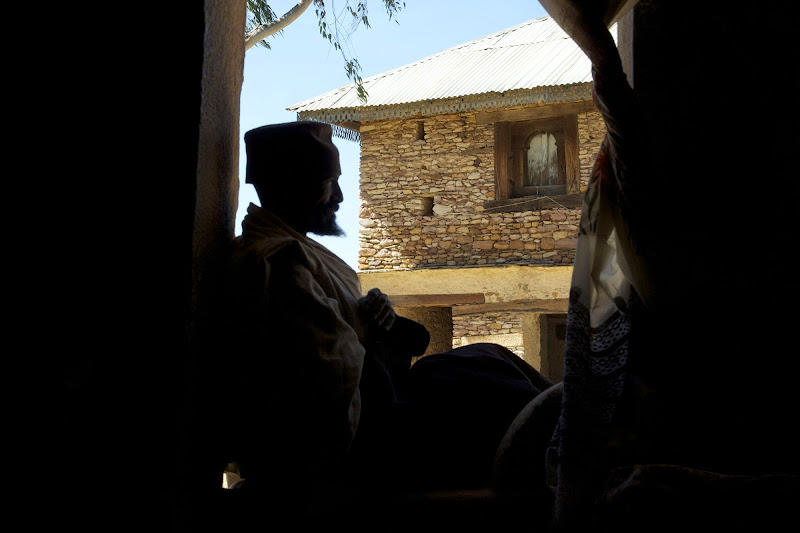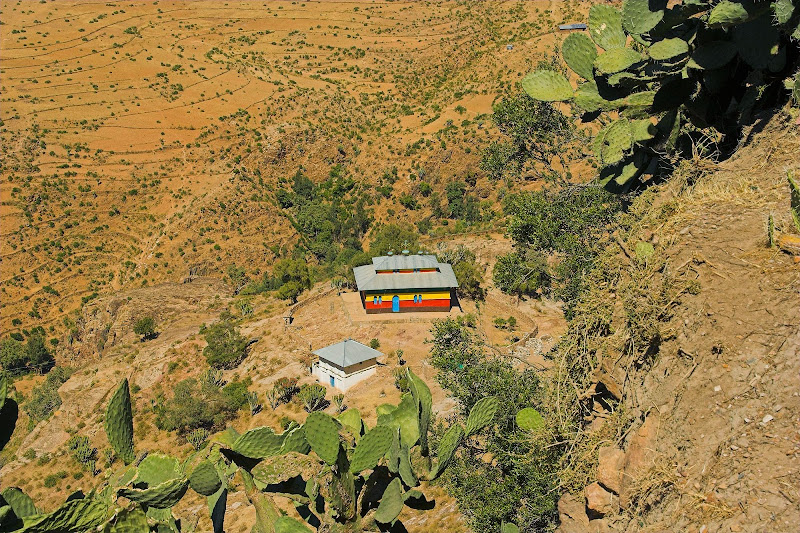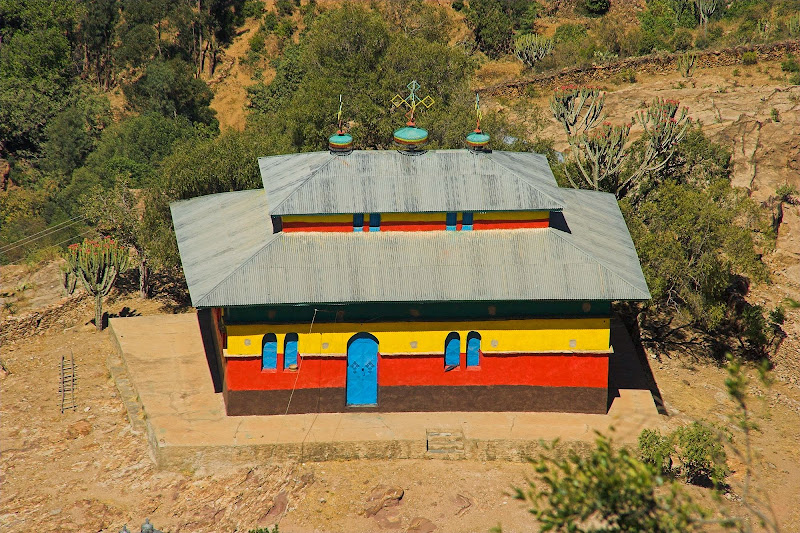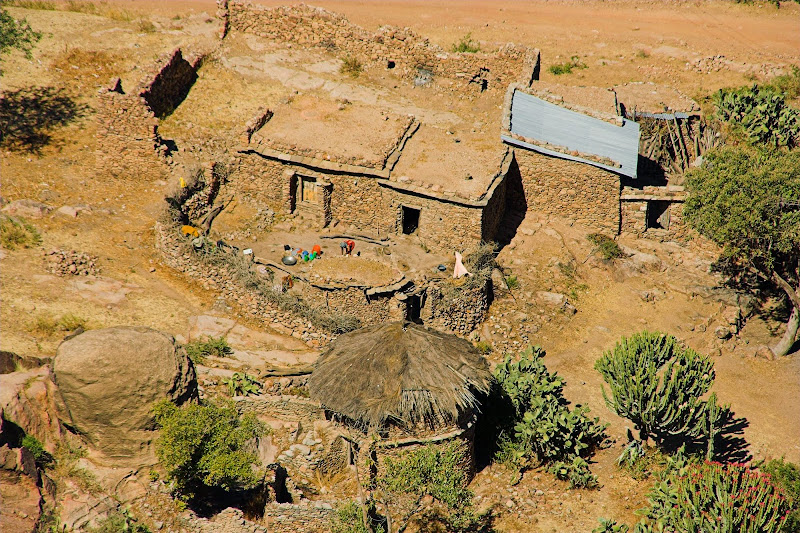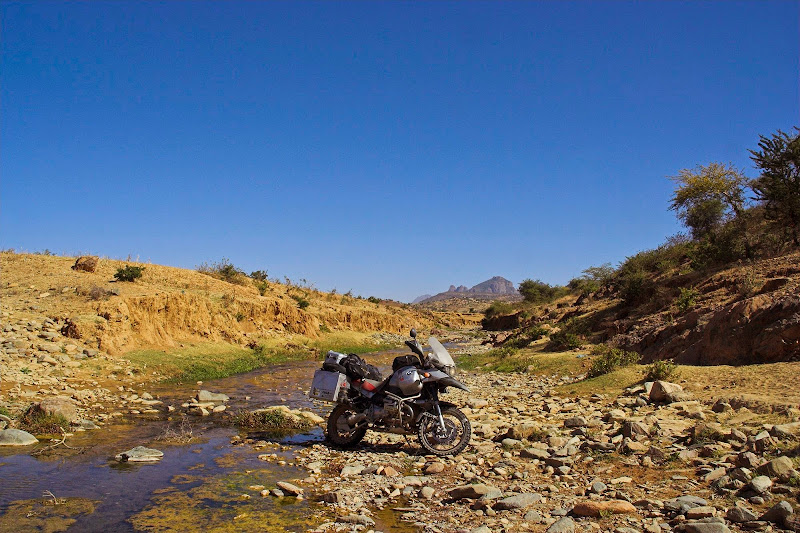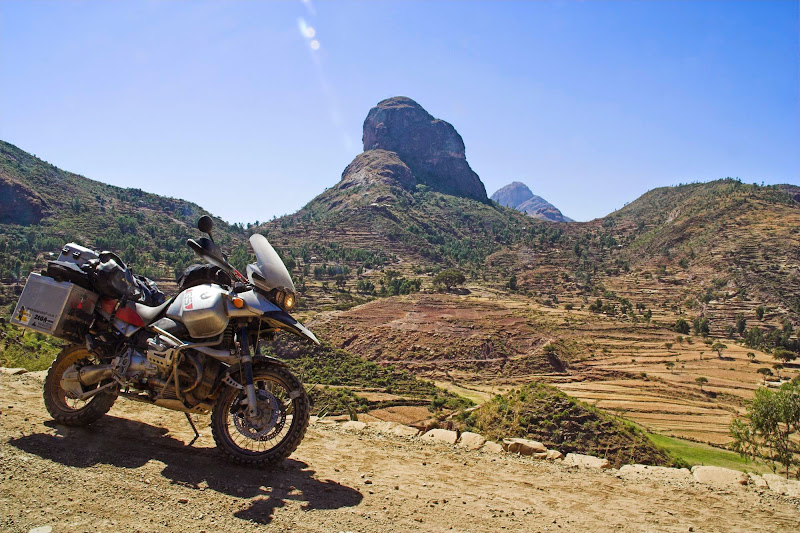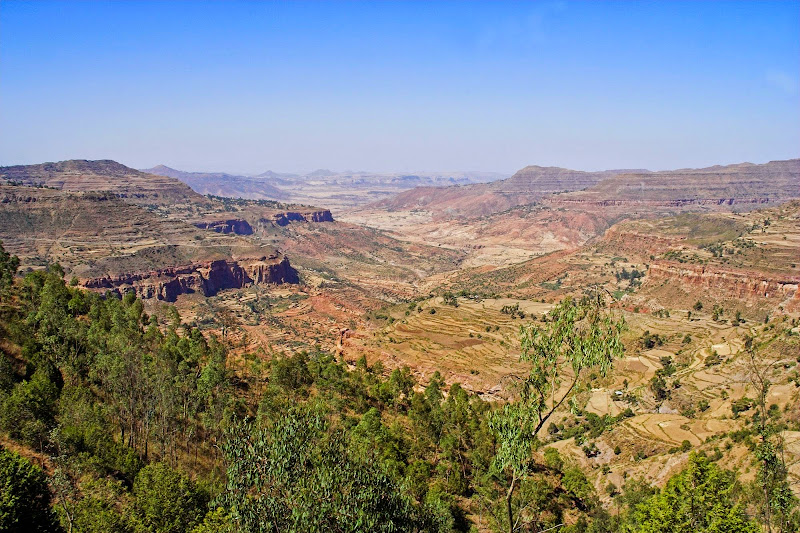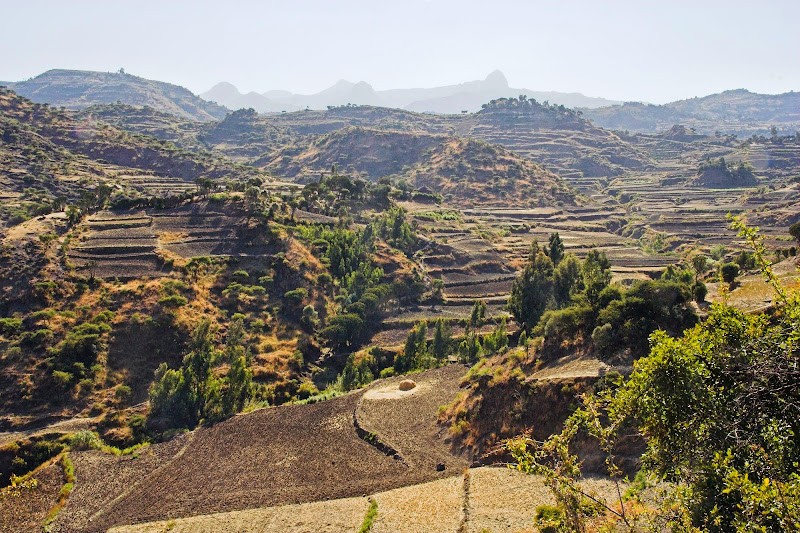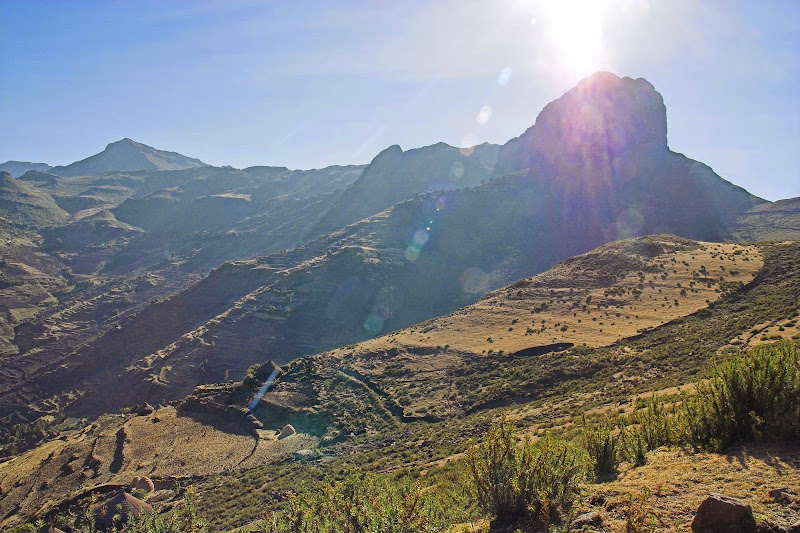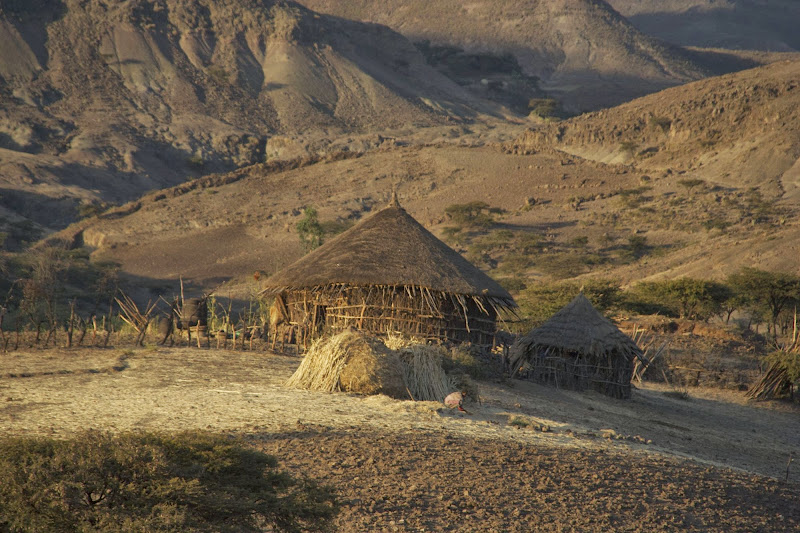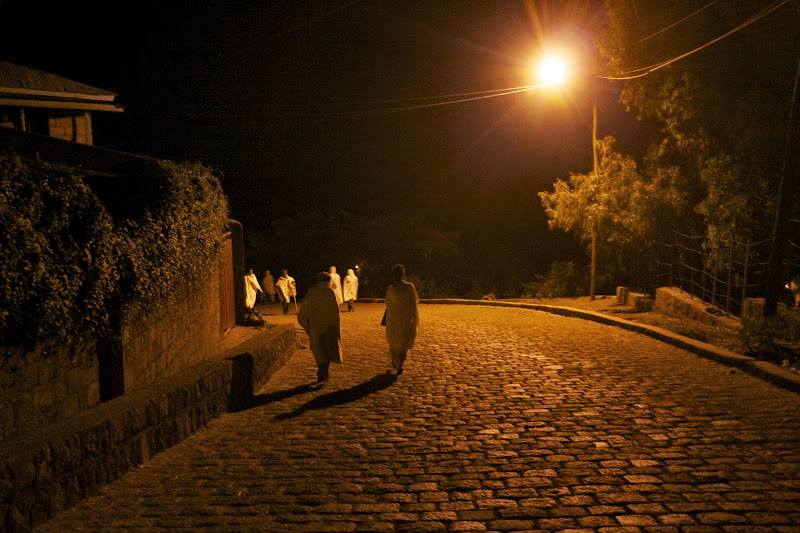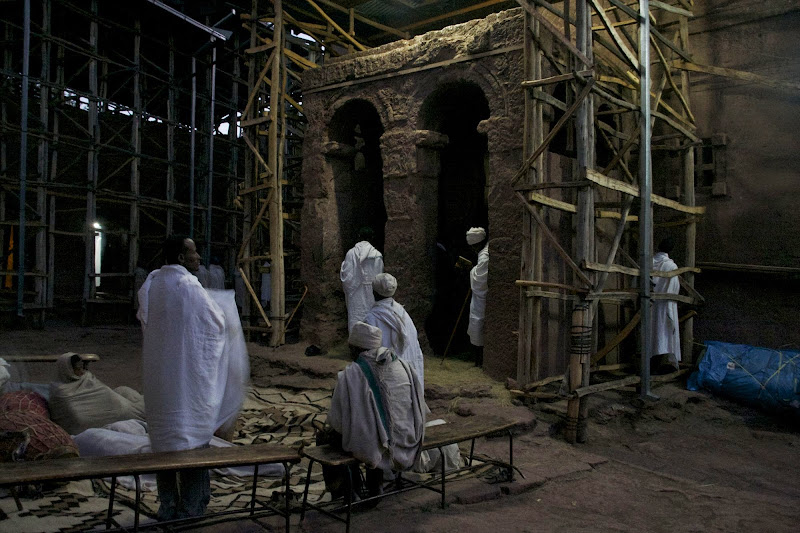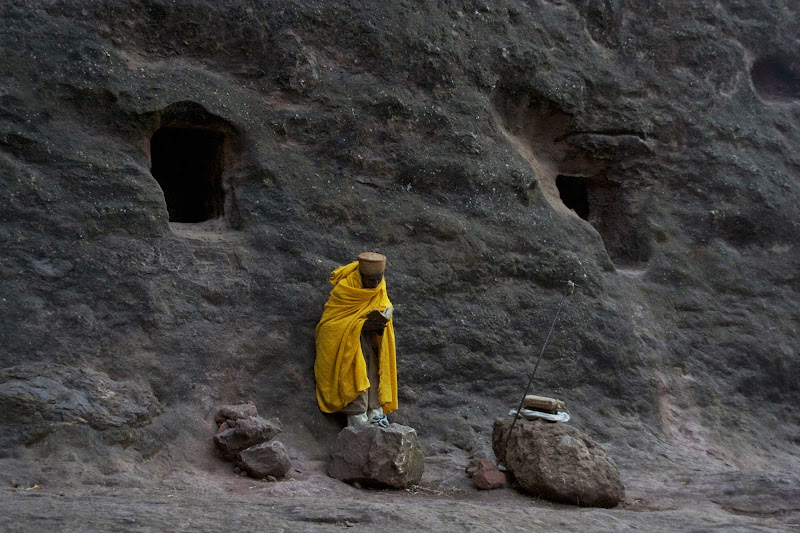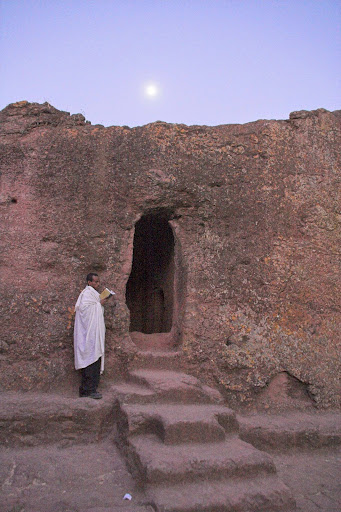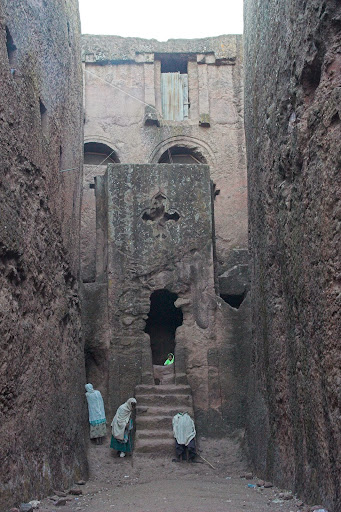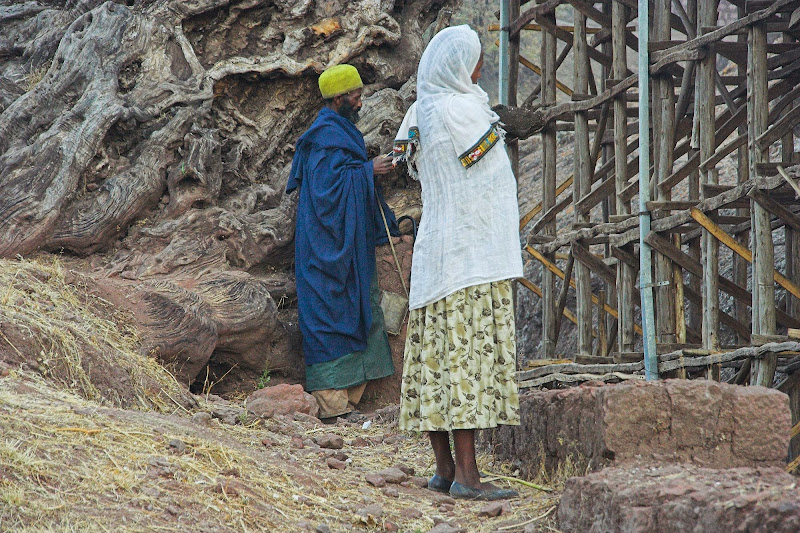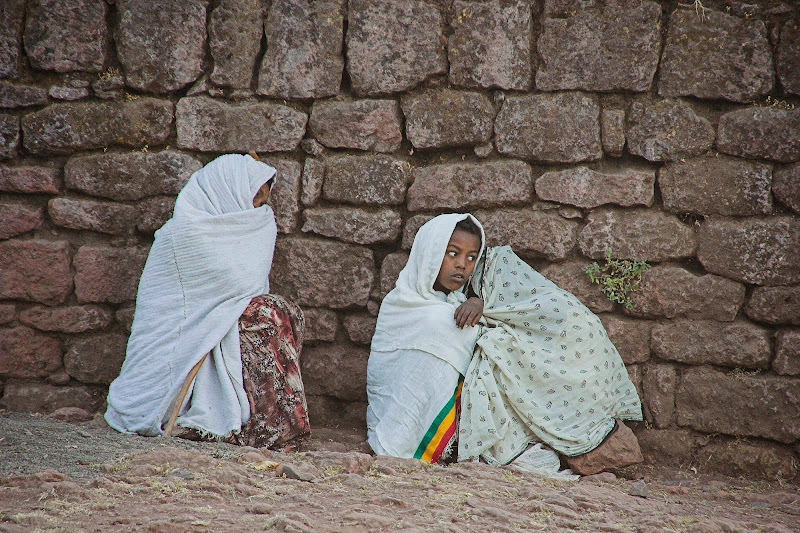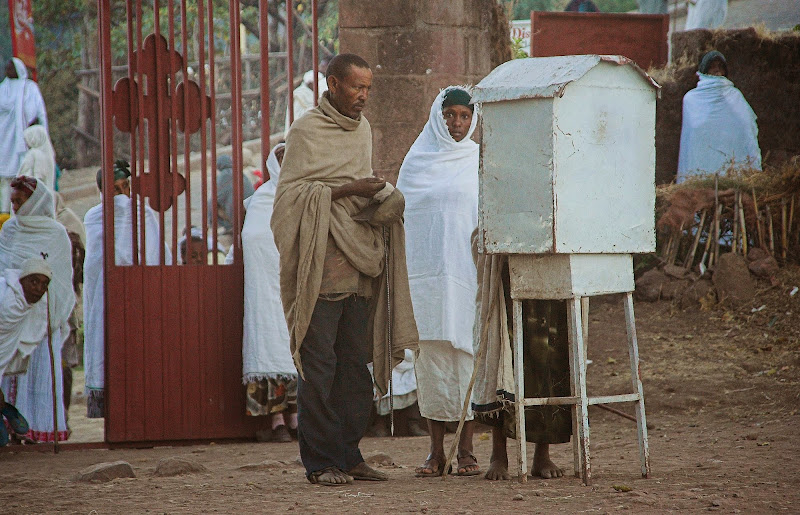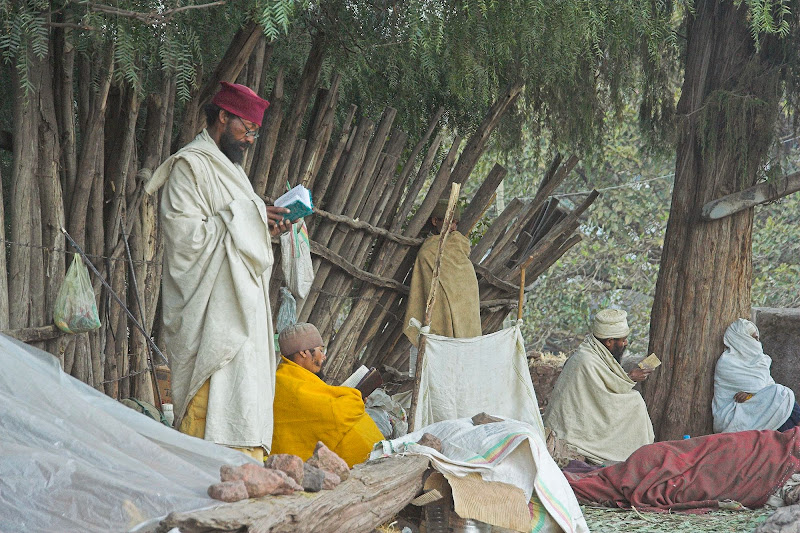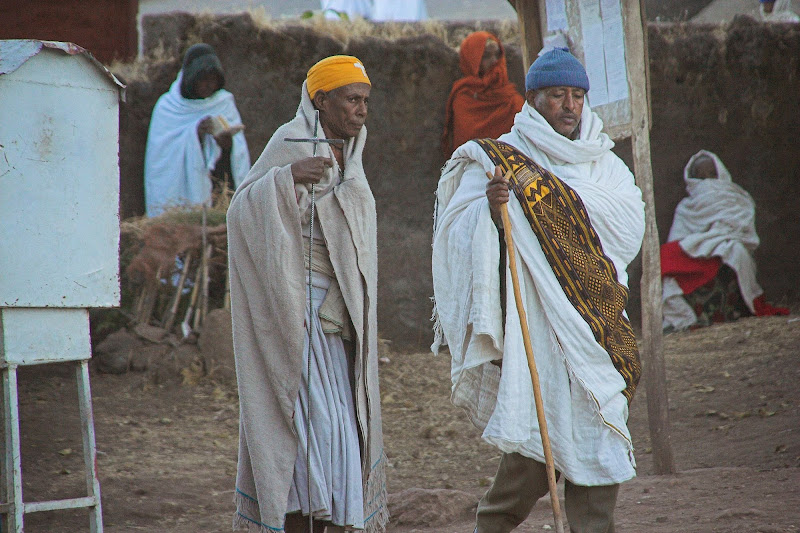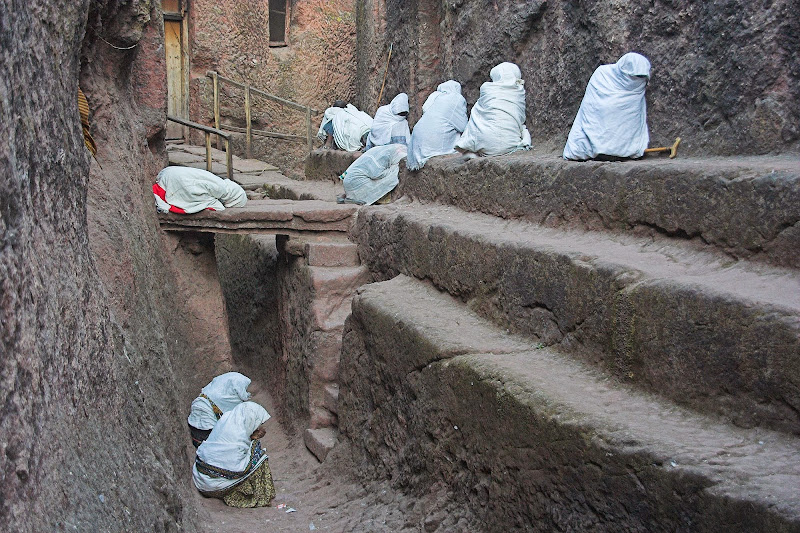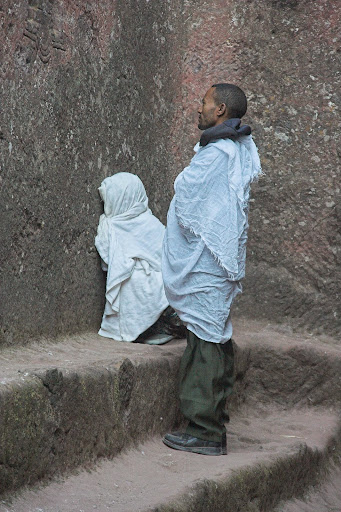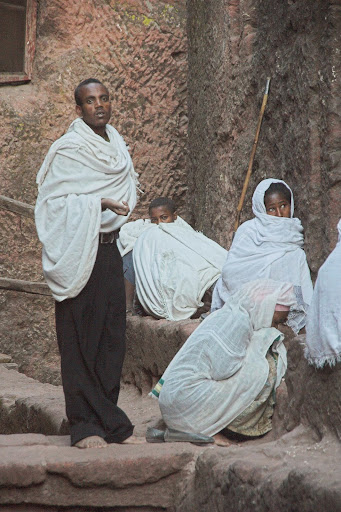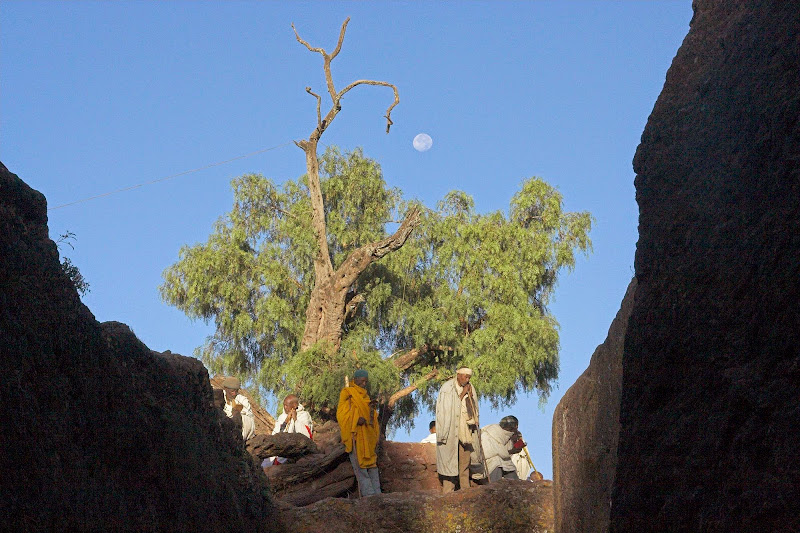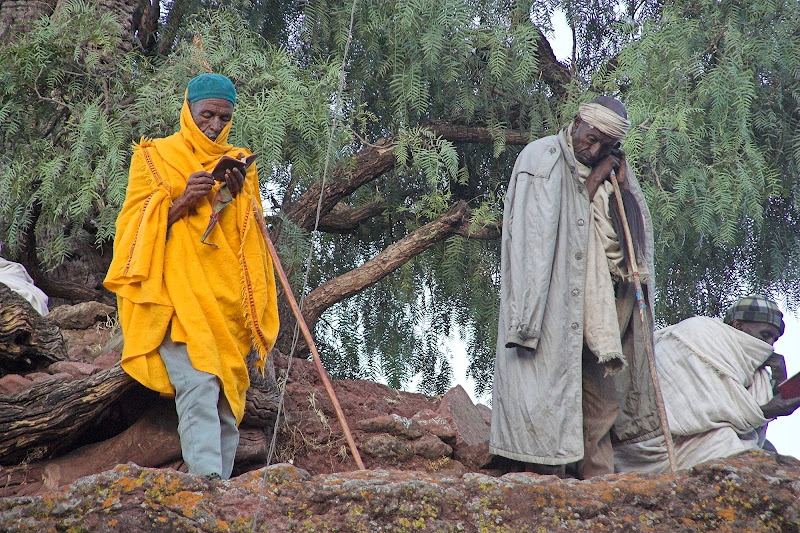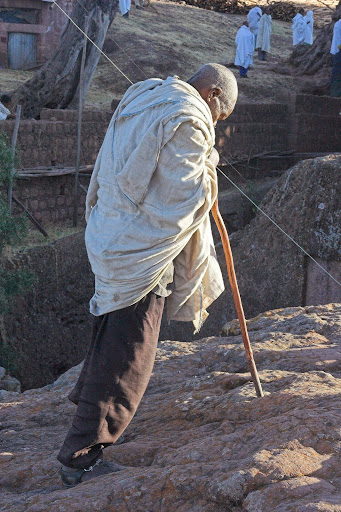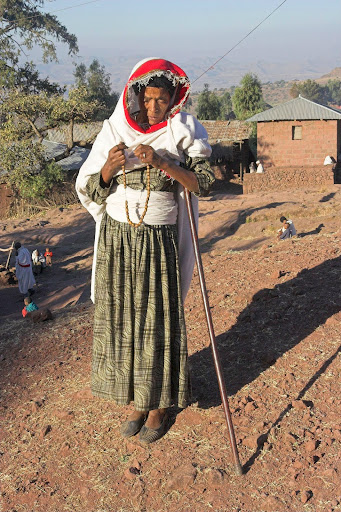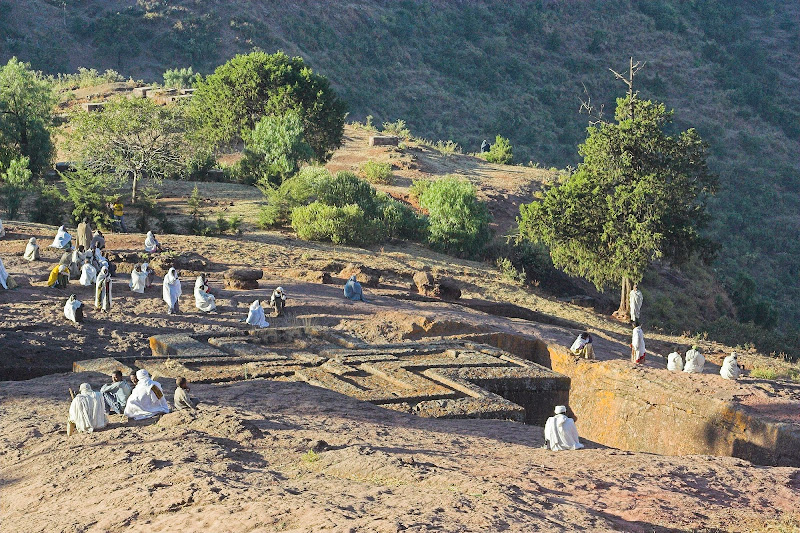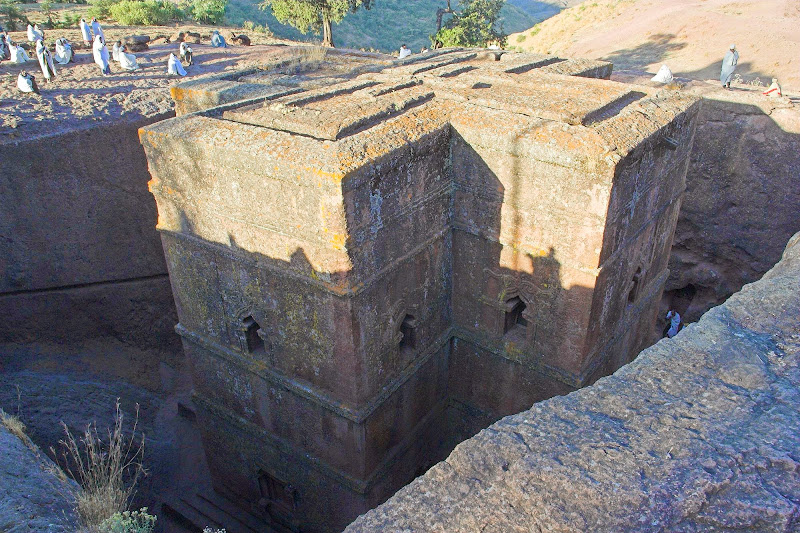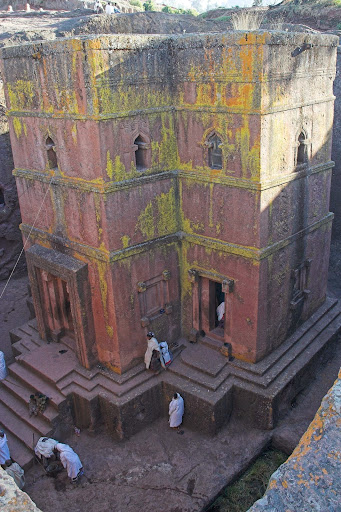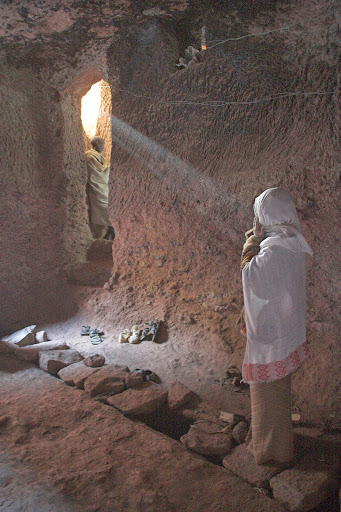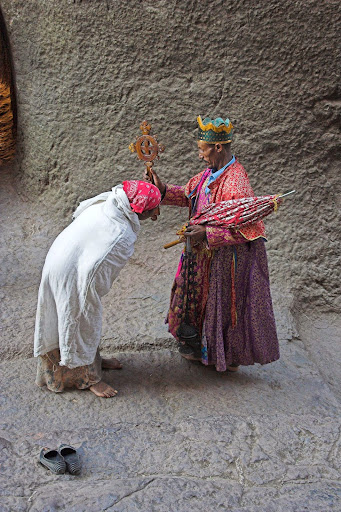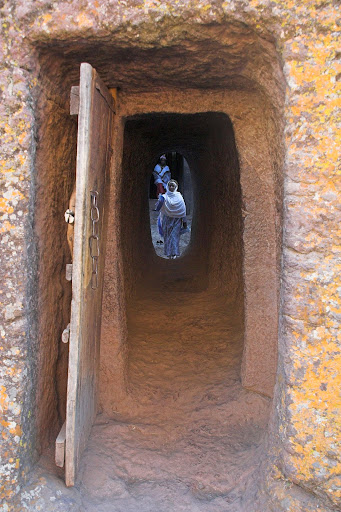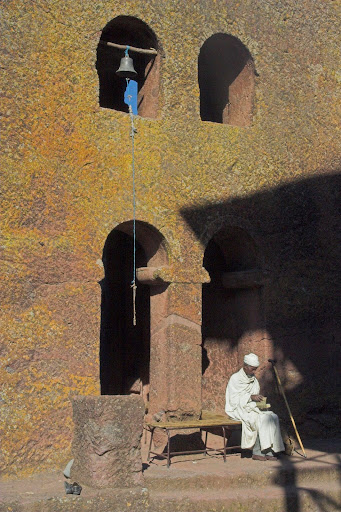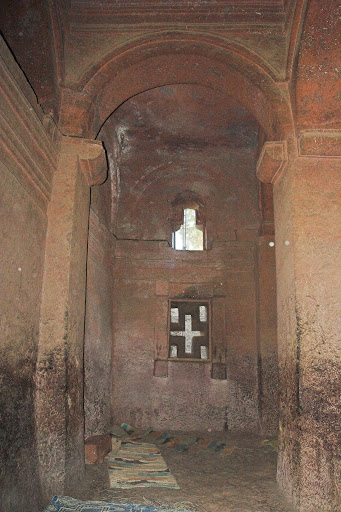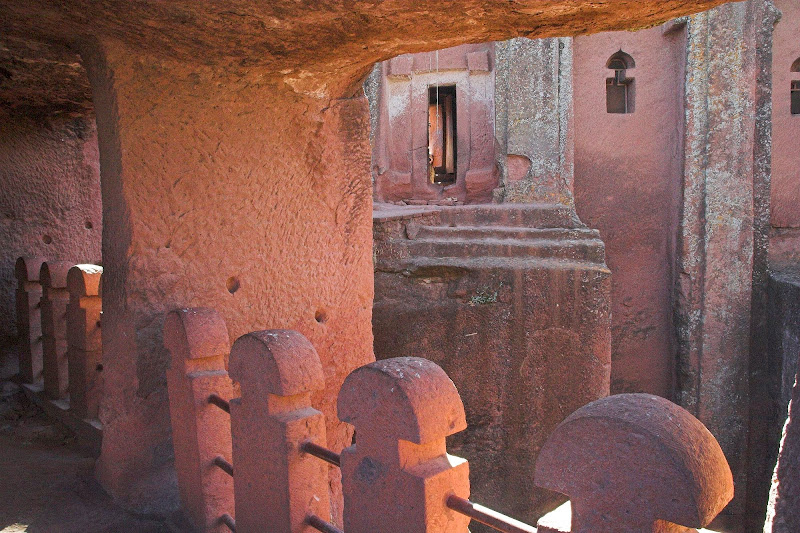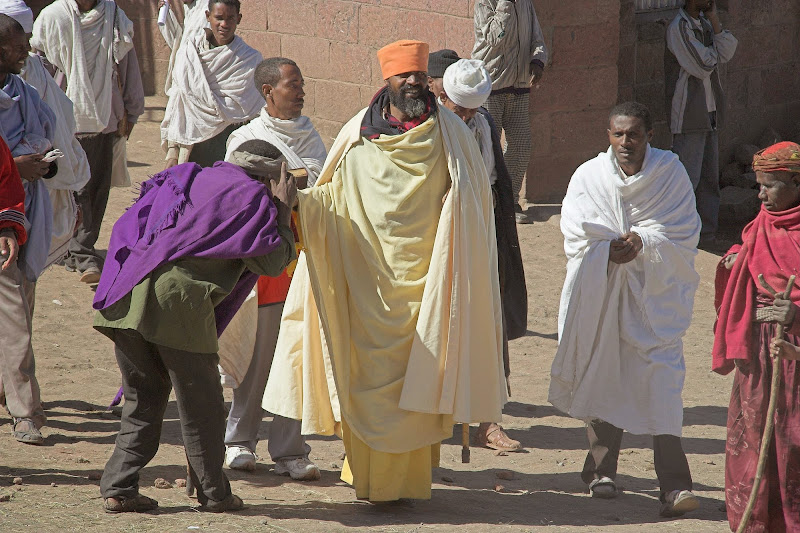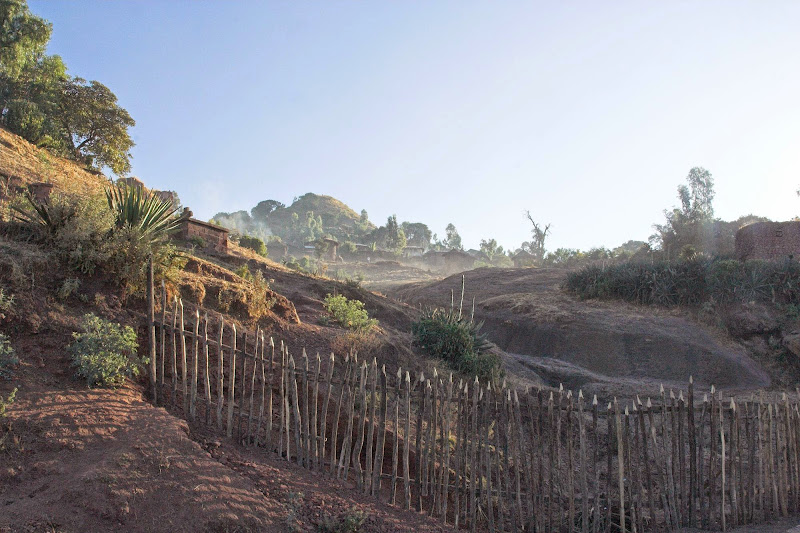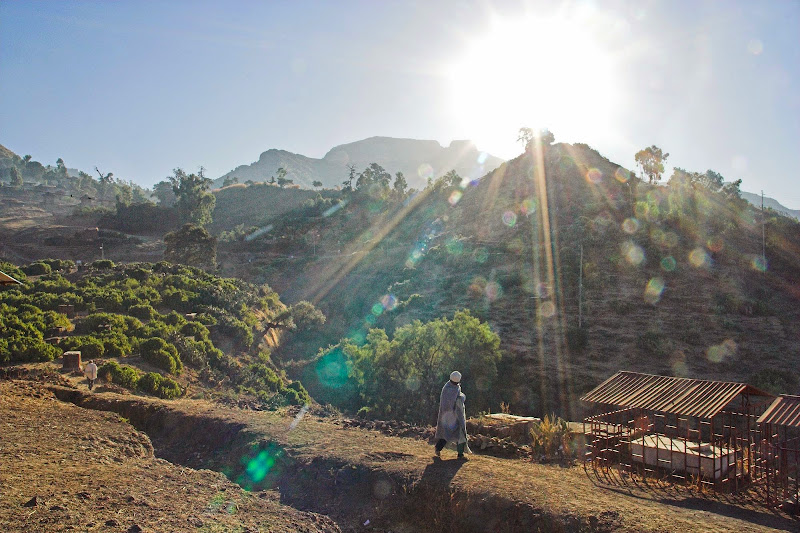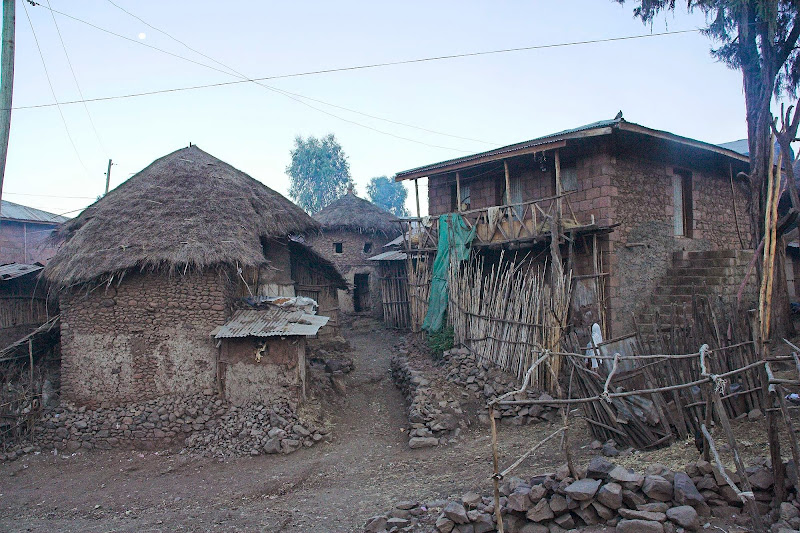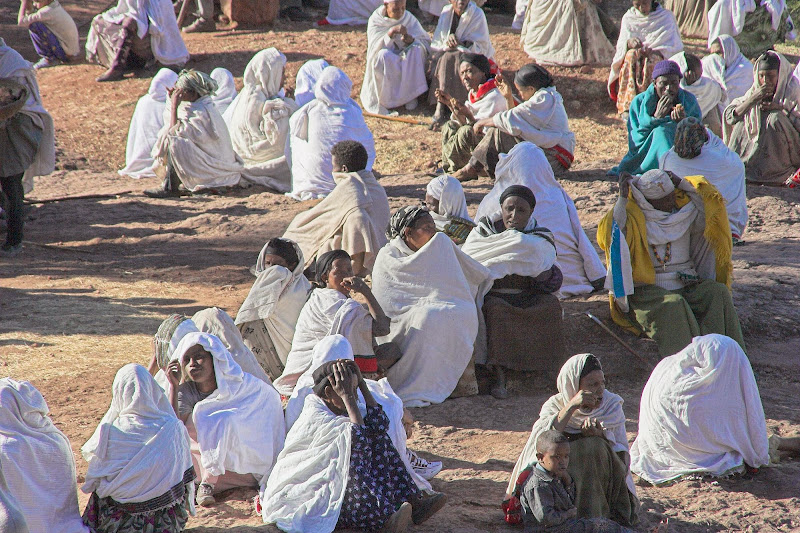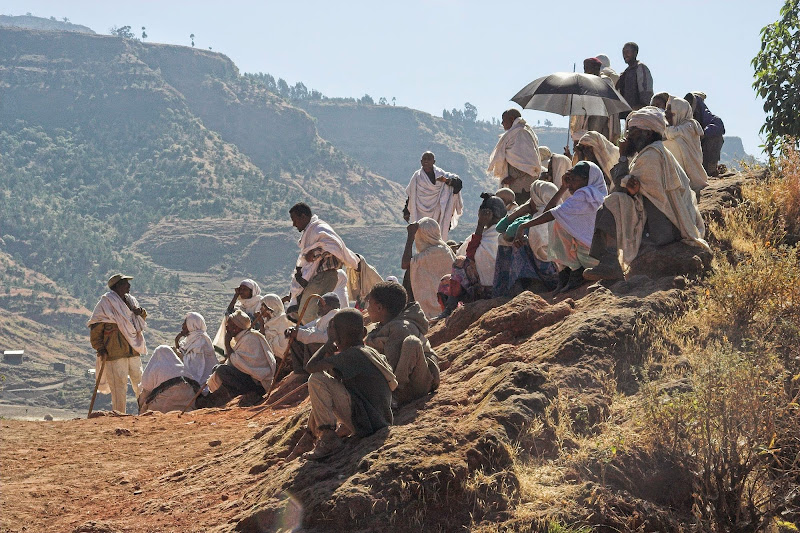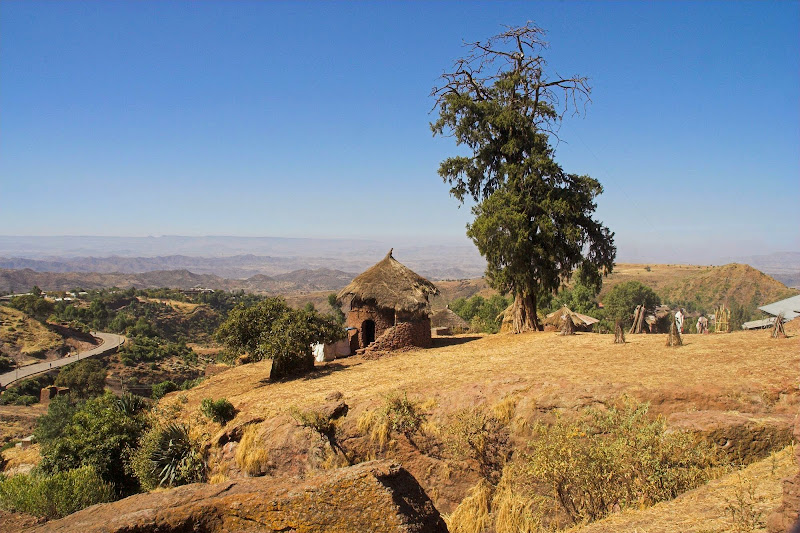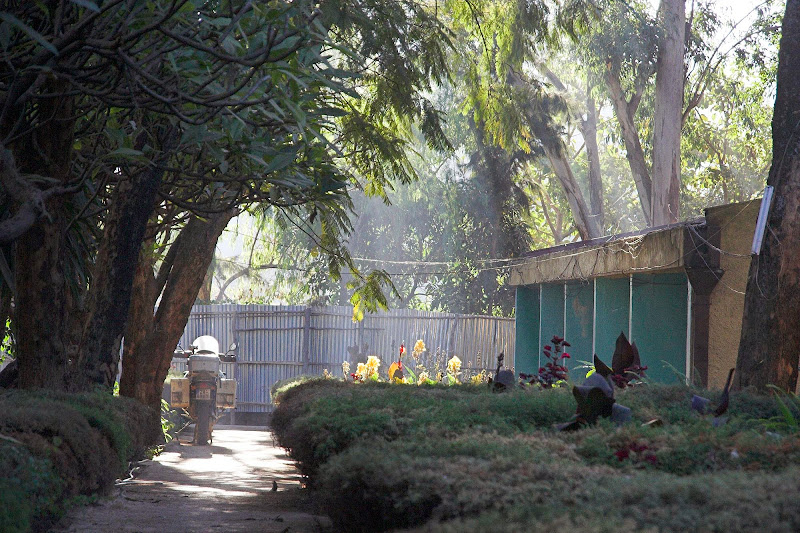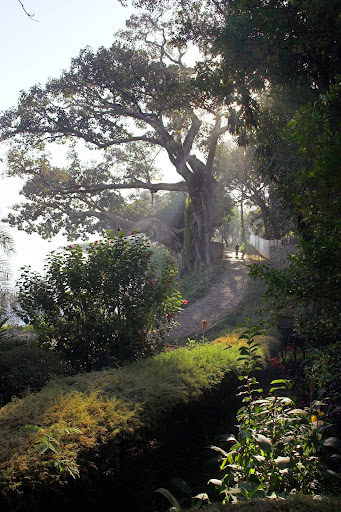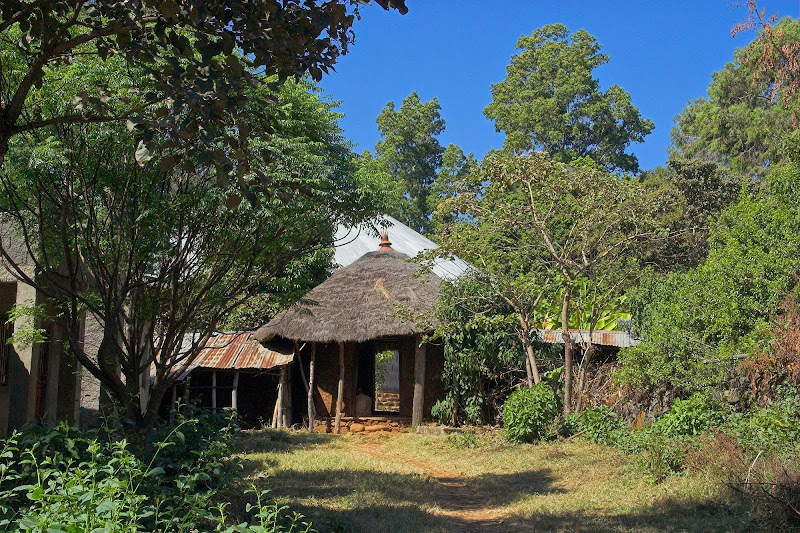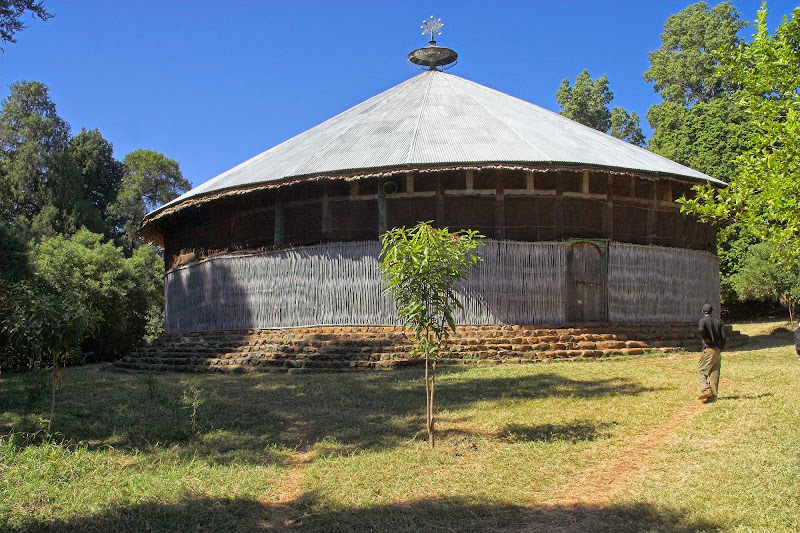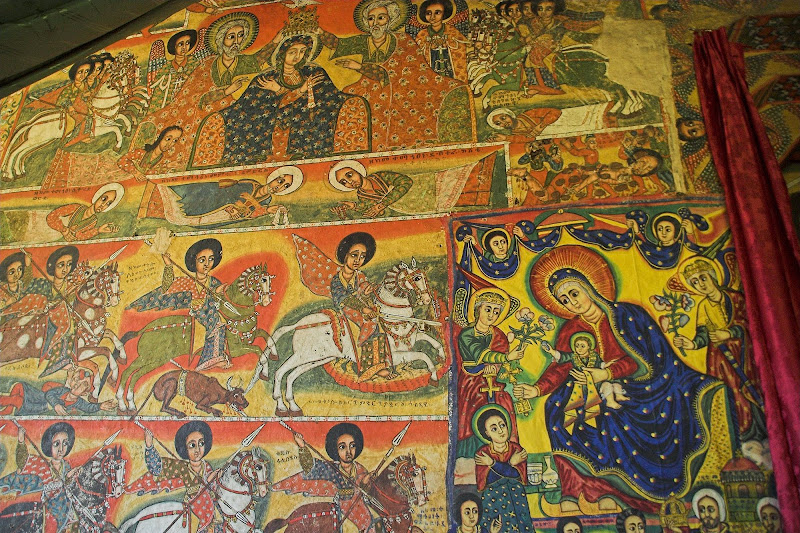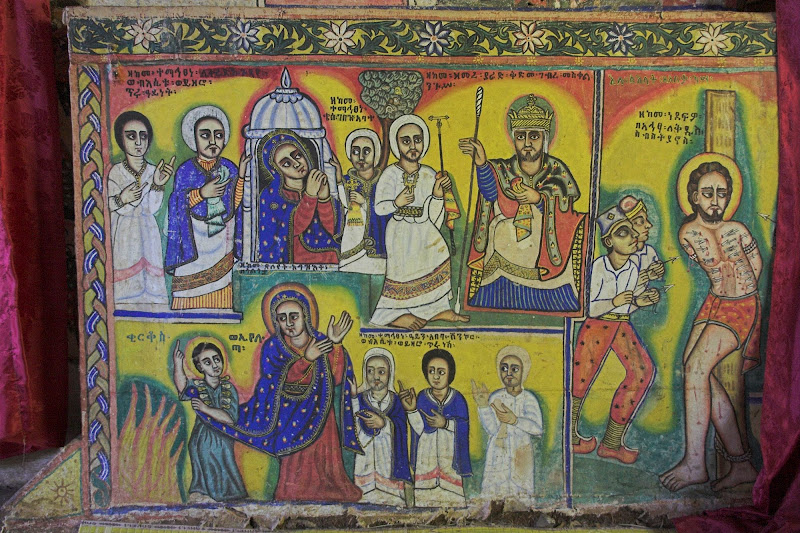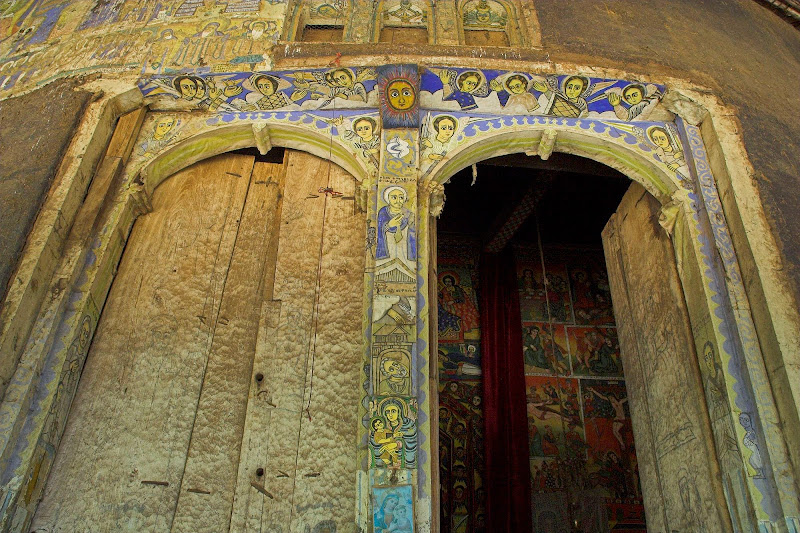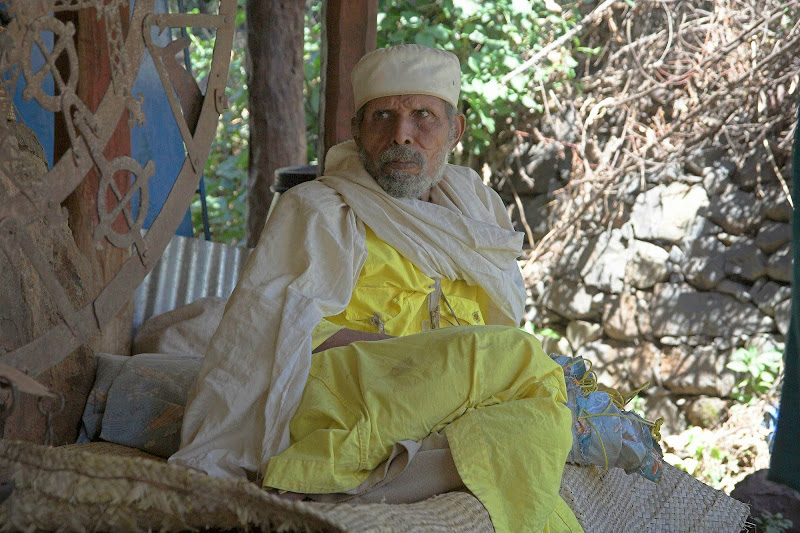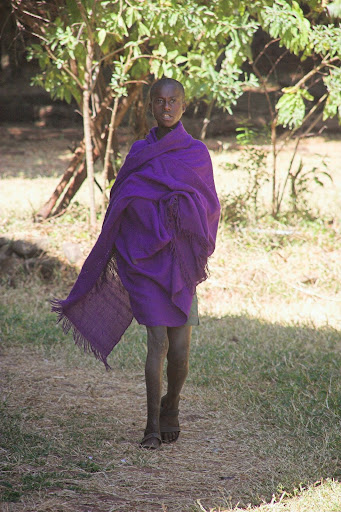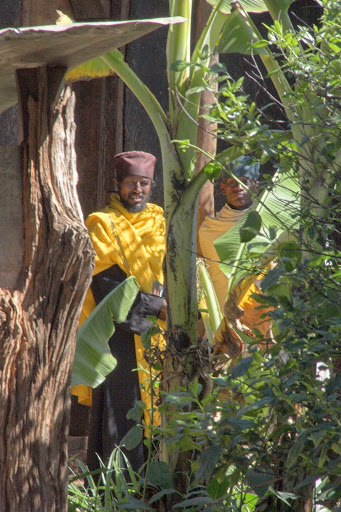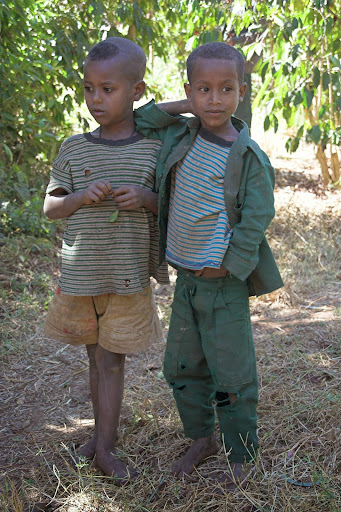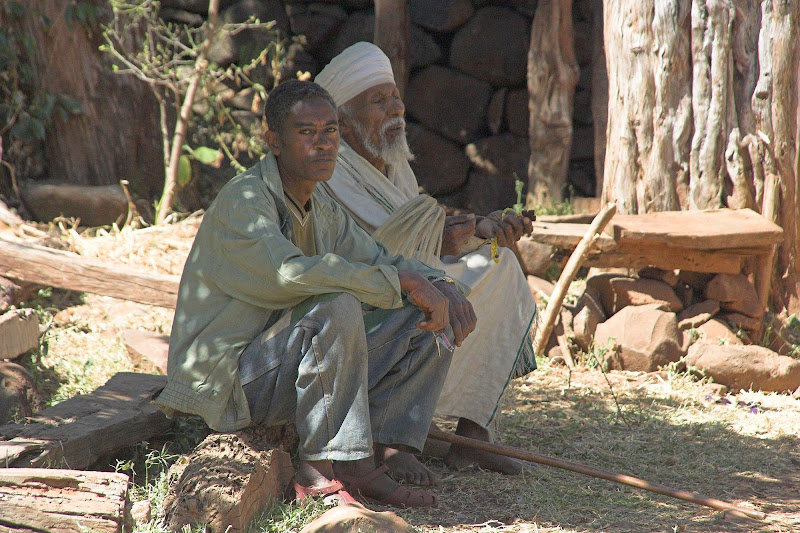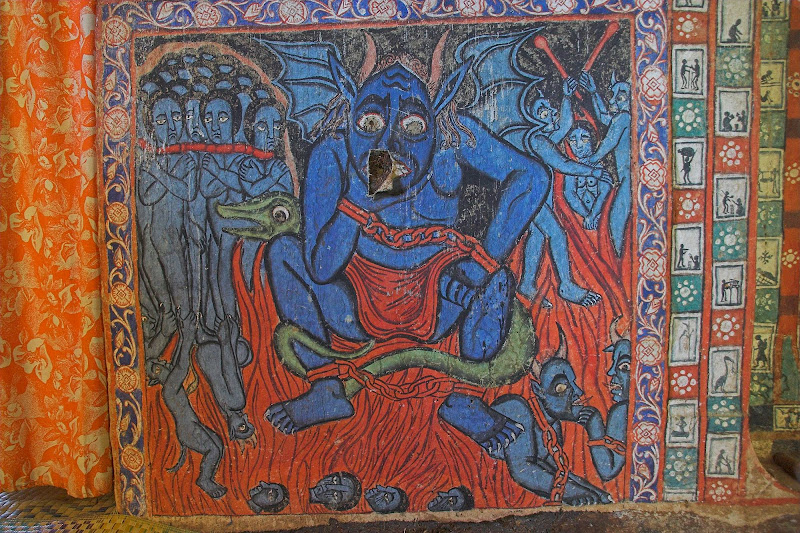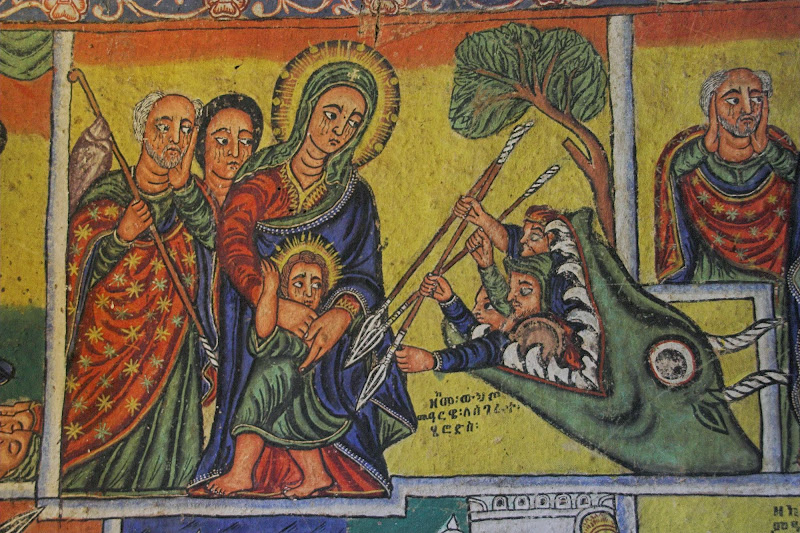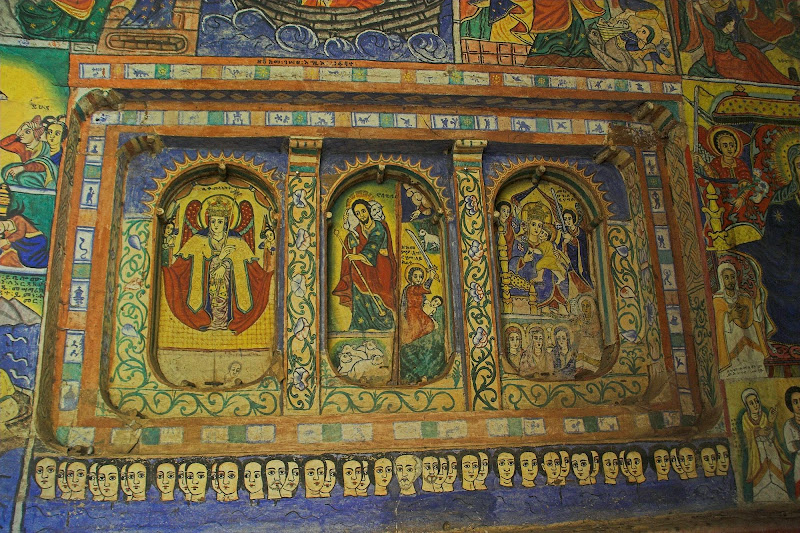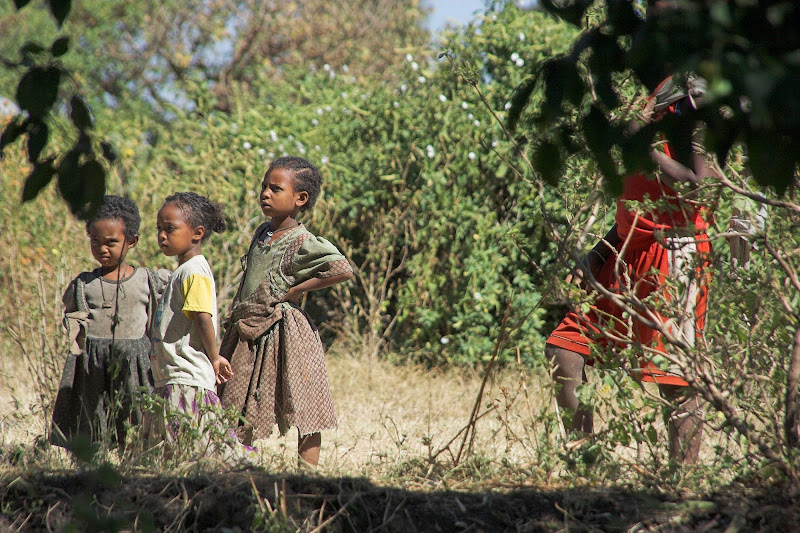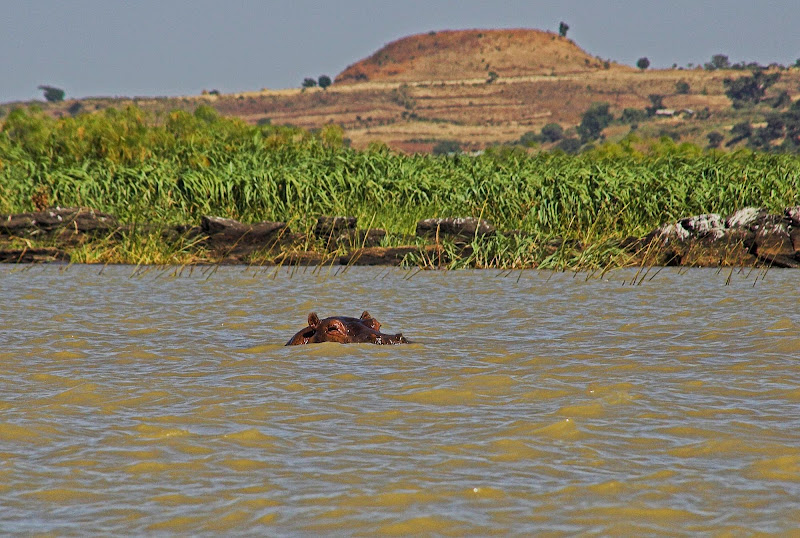Ethiopia
When talking about the trip I get asked often what was was my favourite country. It’s almost impossible to answer as African countries are just too diverse to compare - especially along the north - south axis when you cross most of the Africa’s religious, racial and ethnic boundaries. My usual answer is Uganda, as I really enjoyed the vibe there.
Ethiopia, on the other hand, was definitely the most interesting. Based mostly on the 80’s Band Aid publicity circus I have expected country of emaciated suffering people solemnly surrendered to whatever fate has in store for them. Sure, the Ethiopians I’ve found were mostly skinny, but very far from solemn surrenderers. They were feisty, combative with that in yer face ‘what the fuck you looking at’attitude - definitely the most aggressive people I’ve encountered in Africa (except for us whiteys, but we are kind of more civilised about it). I have seen few times scenes of people fisting or throwing stones at each other on the streets - and surprisingly often the aggressors were women attacking men. Why is that so is anybody’s guess. My 2 cents worth guess is:
- Ancient christians surrounded by muslims and animists: As the only christian country/kingdom in Africa for more than millenium (more about that in the next paragraph), the Ethiopians and their ancestors were faced for centuries with the pressure from muslims and animists. The survival pressures must have fostered a fighting spirit.
- Ethiopia was never colonised: Ethiopia is one of only two countries in Africa (the other one is Liberia I think), that wasn’t colonised by Europeans - except for short occupation by Mussolini, before they kicked him out with British help. So they do not suffer from the deference to whiteys, still persisting in most of the sub-saharan Africa.
- Western guilt & development help: thanks to Band Aid thingy, Ethiopia has been since the 80’s a darling and showcase of the western do-gooders. They seemed to have some successes - for example I’ve heard somewhere that child mortality has decreased greatly. While the aid helped to save lives, it probably also fostered dependency and feelings of entitlement and created unrealistic expectations. As the economy did not seem to keep the pace with the population growth the people were getting progressively worse - more people sharing the same pie, which dashed the hopes of ordinary Ethiopians for better future. And dashed hope is always the mother of all frustrations.
Another big eye opener to this uneducated idiot was the deep rooted ancient Christianity in Ethiopia. I thought that Christianity in Africa was new and foreign import brought in by the colonizing Europeans. But it turns out that the ancient Ethiopia was only the second country in the world (second to Armenia) to adopt Christianity sometimes in the 4th century (AD obviously) while most of the mainland Europe was still worshipping squirrels, rocks and stuff. They have their own branch of the christianity - Ethiopian Orthodox Church, artefacts of which to me looked strikingly similar to the Russian Orthodox Church - the architecture of the churches, the iconographic murals inside as well as the priest attire and the masses. I was quite dumbfounded as it sometimes felt like eastern Europe rather than middle of Africa. And of course the official language is aramaic - supposedly the language spoken by Jesus and the original Ark of Covenant is rumoured to be hidden somewhere in Aksum in the north of Ethiopia.
And just for the laugh, Ethiopians use their own - Coptic based - calendar. So the year has 13 months (12 months of exactly 30 days and 1 month of 6-7 day), it is either 7 or 8 years behind our calendar (no idea why - its not constant for some reason) and the new years is either on Sept 11 or Sept 12 (again, no idea). This became very obvious to us (me and the gang from the Lake Nasser), as we spent the Christmas and New Year there and none of those days seemed to mean anything at all to the Ethiopians.
Map of the route I took through Ethiopia:
I have arrived to the border in the little shithole called Metema at about lunch time. I seemed to be the only guy crossing for a long time and the formalities went surprisingly smoothly. The immigration office on the Ethiopian side was a small dark rondavel with roof of banana leaves brandishing proudly framed mission and vision statements on the wall. Obviously some consultants must have been here on one of those charity gigs they do nowadays to insert an illusion of meaning into their otherwise meaningless lives (I know, I’ve been one of them). Surprisingly there was no customs office anywhere near by so I just set-off without getting my Carnet stamped (I knew I must have all the exit stamps for all countries I’m stamped in, but assumed that if I do not get stamped in, I may get away without getting stamped out - one less hassle).
Immediately, the contrast between Sudan and Ethiopia could not have been more stark. Compared to the solemn pious communal nice mannered atmosphere in Sudan, Metema looked like the aramaic version of the Wild West frontier town. There were dirty scrappy looking people - many of them scantily clothed women - and animals milling around, some of them clearly looking for a fight. Few of the people were already (it was lunchtime) drunk senseless and spread on the ground along the main dirt street. Most of the huts along the street were either bars, or (I’m guessing here) brothels - sight I haven’t seen since Bulgaria and clear sign that I’m out of muslim world and back in the familiar christian territory.
After about 10 km there was a boom across the road next to an office - yep, the customs. It was lunchtime, so I had to wait an hour before the officers came back and stamped me into Ethiopia. Once done I set-off immediately as I had still about 100 km to cover to Gonder for the overnighter. The scenery has also changed dramatically at the border. While Sudan in the south was mostly flat dry African bush, on the Ethiopian side the road started almost immediately to wind up into the green mountains announcing the high plateau (about 2000 m high) covering most of the north-west Ethiopia - quite similar to the eastern Lesotho.
The road was hard packed dirt with sharp embedded rocks (again as you know it from Lesotho) after few initial cautious km I picked up the speed and was soon cruising at about 80 kmh - quite fast for the winding rocky mountain road. Inevitably I have punctured the sidewall of my front tyre in about 20 km. I’ve plugged it while being spectated by about 50 locals (wherever you stop in Ethiopia - no matter how remote, within 5 minutes there is crowd of begging kids keeping you at your toes) and moved on. Another 10 - 15 km later the plug shot out of the hole, the tyre deflated and slipped of the rim. I was doing probably 70 - 80 kmh and surprisingly managed to stop without a faceplant. I had one 19’ tube with me just for this case and I took a while to get it in. by the time I was done the sun was setting (the days are much shorter as you get closer to the equator), so I just pulled off the road into close-by bush and set-up camp for overnighter. Somehow managed to remain undetected and therefore not hassled until a herdsman found me in the morning.
Morning in the bush camp with my private stalker on post:
Next day I’ve made uneventfully the remaining 50 km or so to Gonder. Gonder used to be a capital of the Ethiopian Empire long time ago and holds remains of several royal castles, that look strikingly as something out of a Scottish countryside - Wikipedia even says that it has been called ‘Camelot of Africa’. The most prominent are remains of Fassil Ghebi castle complex (see pictures below). Once in Gonder, I’ve found nice guesthouse (comparatively speaking) and settled in
Fassil Ghebi castle complex:
Nice guesthouse (comparatively speaking) I've found in Gonder:
Apart from sightseeing I’ve spent 2 days in Gonder eating, drinking and doing bike fixes. I went regularly to get real cooked food and the beer in the local restaurant. First day I enjoyed on my own. Day 2, Loek arrived and we spent a nice evening of getting shitfaced in the local bars with few other travellers - Loek again proved to be a star and manhandled me through the dark Gonder safely back to my bed.
Regarding the food, Ethiopian traditional dish is injera - a pancake with red mince of some kind. I had it only once - it actually does not taste that bad, but people eat it with their bare hands with the red mince all over their finger and faces and even though I’m normally not that squeamish, that sight somehow was enough to keep me off it. But there was almost always a choice of some fried chicken/beef/goat meat or spaghetti bolognaise available - big improvement on my canned tuna & laughing cow cheese diet I’ve been on in Sudan. And of course beer to flash it all down.
For the bike fixes I went through the local hardware stores looking for a tube for my rear wheel - the internal tyre patch I have put in Khartoum was leaking slowly and I had to stop regularly to pump it up. The closest I’ve found was an 18 inch tube for one of the 50 - 100 cc bikes they use here. I took it and and put it in back at the guesthouse. It lasted me thousand or two kms almost all the way to Arba Minch in southern Ethiopia where it finally exploded at about 100 kmh - oh, fun and games of being young (kind of), stupid and indestructible.
Some sights in Gonder streets:
Bars everywhere...:
Local gentleman ready to hit the streets:
There is also a church in Gonder famous for its murals - and sure enough I don't remember its name:
Next instalment - Northern Ethiopia





